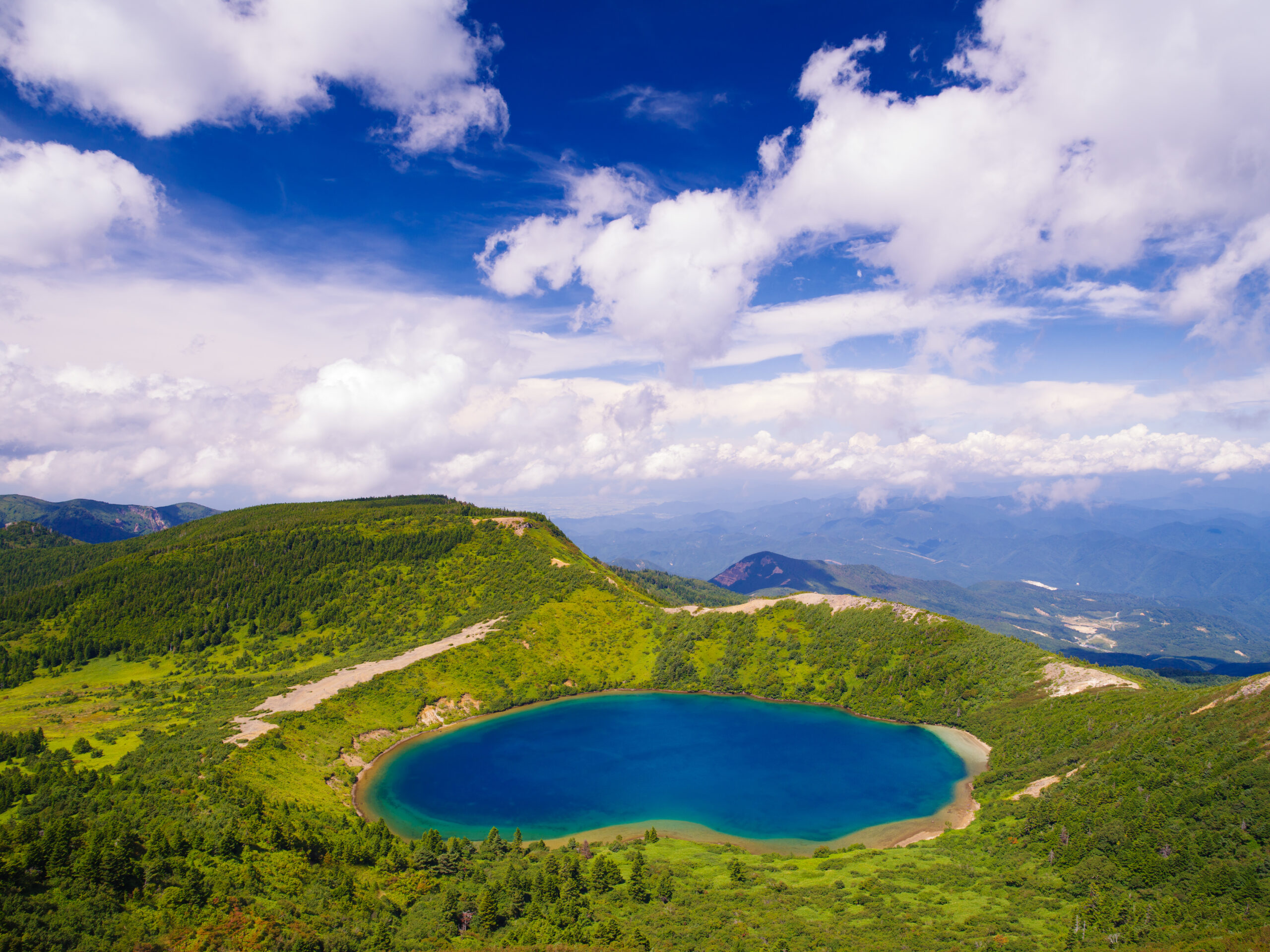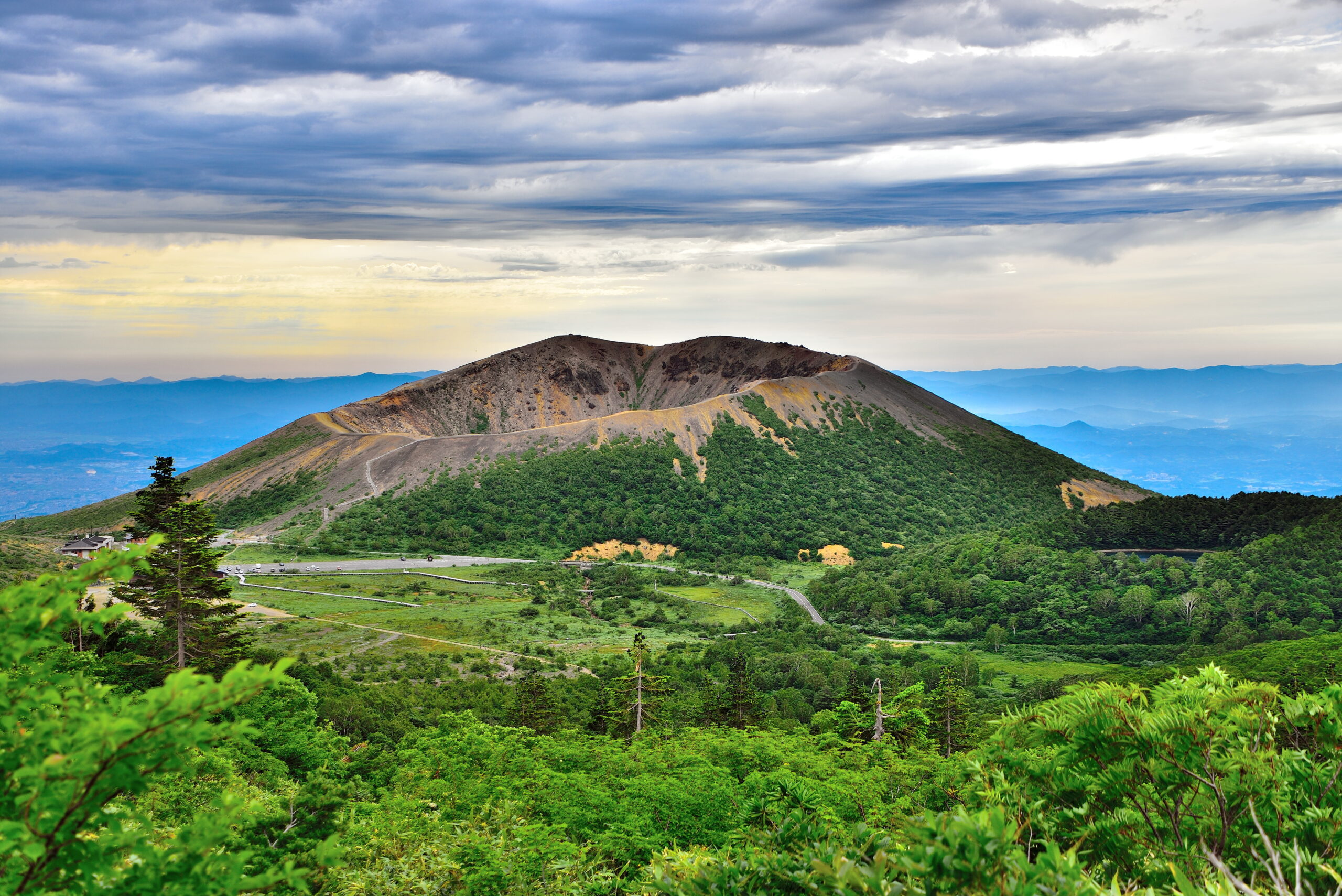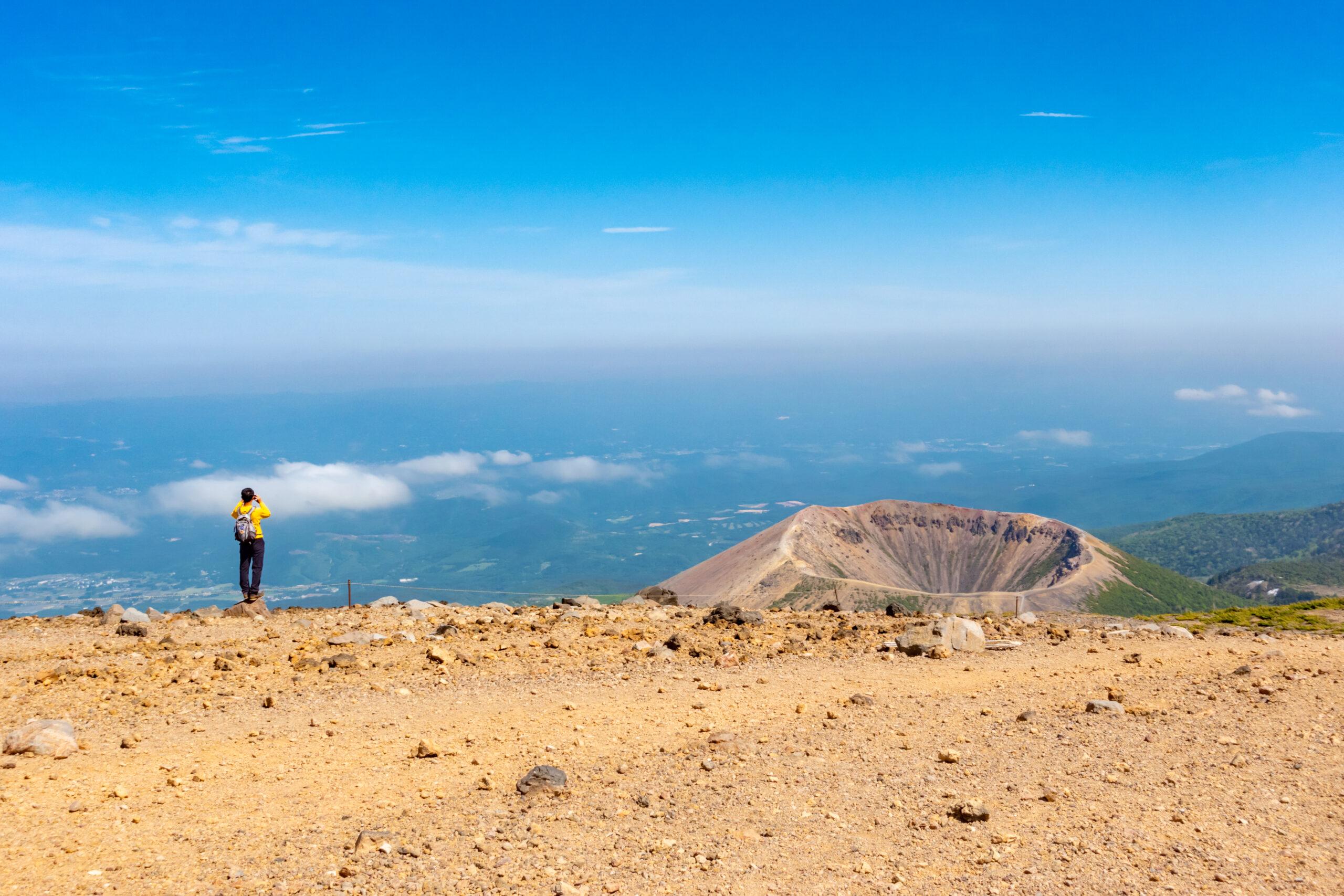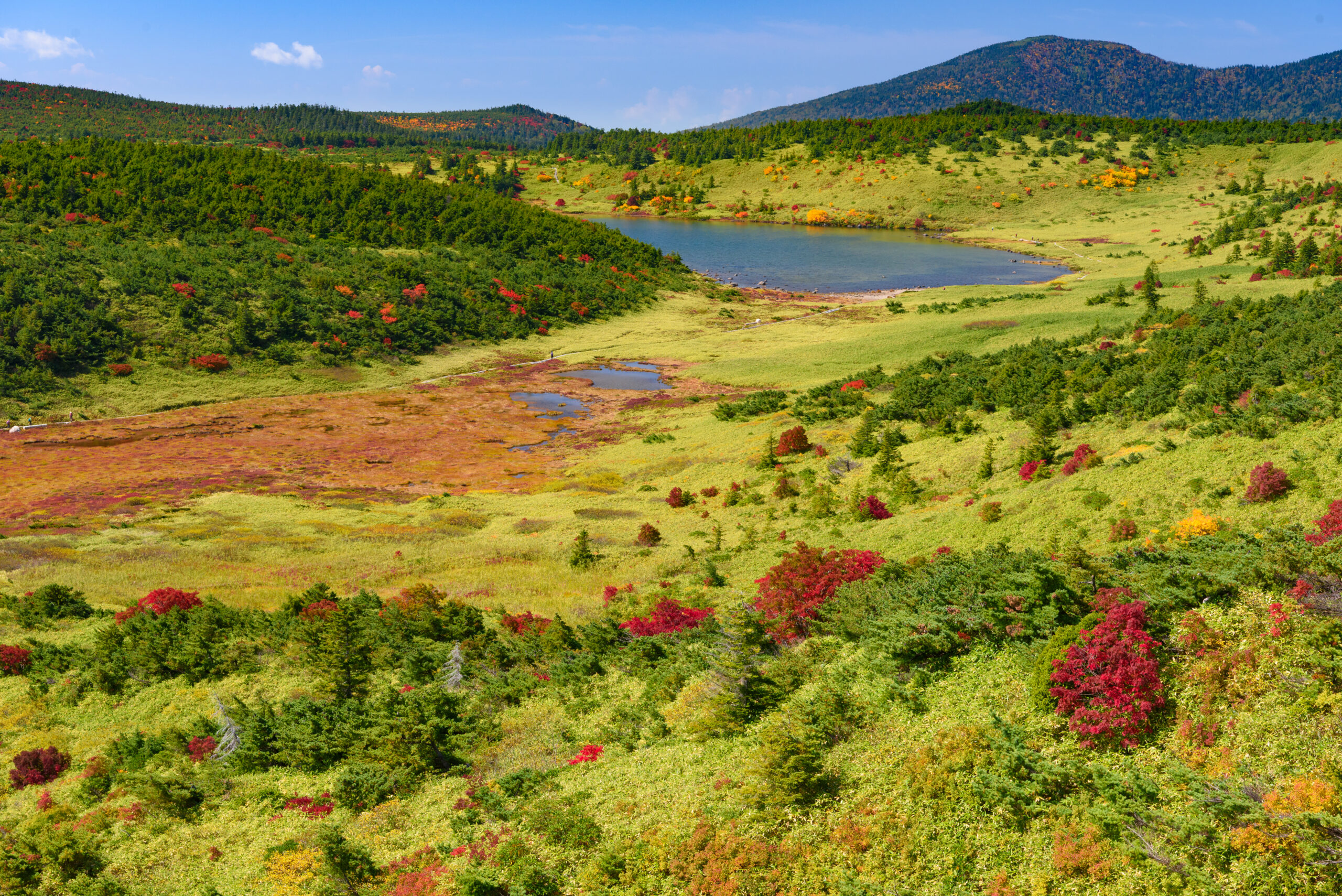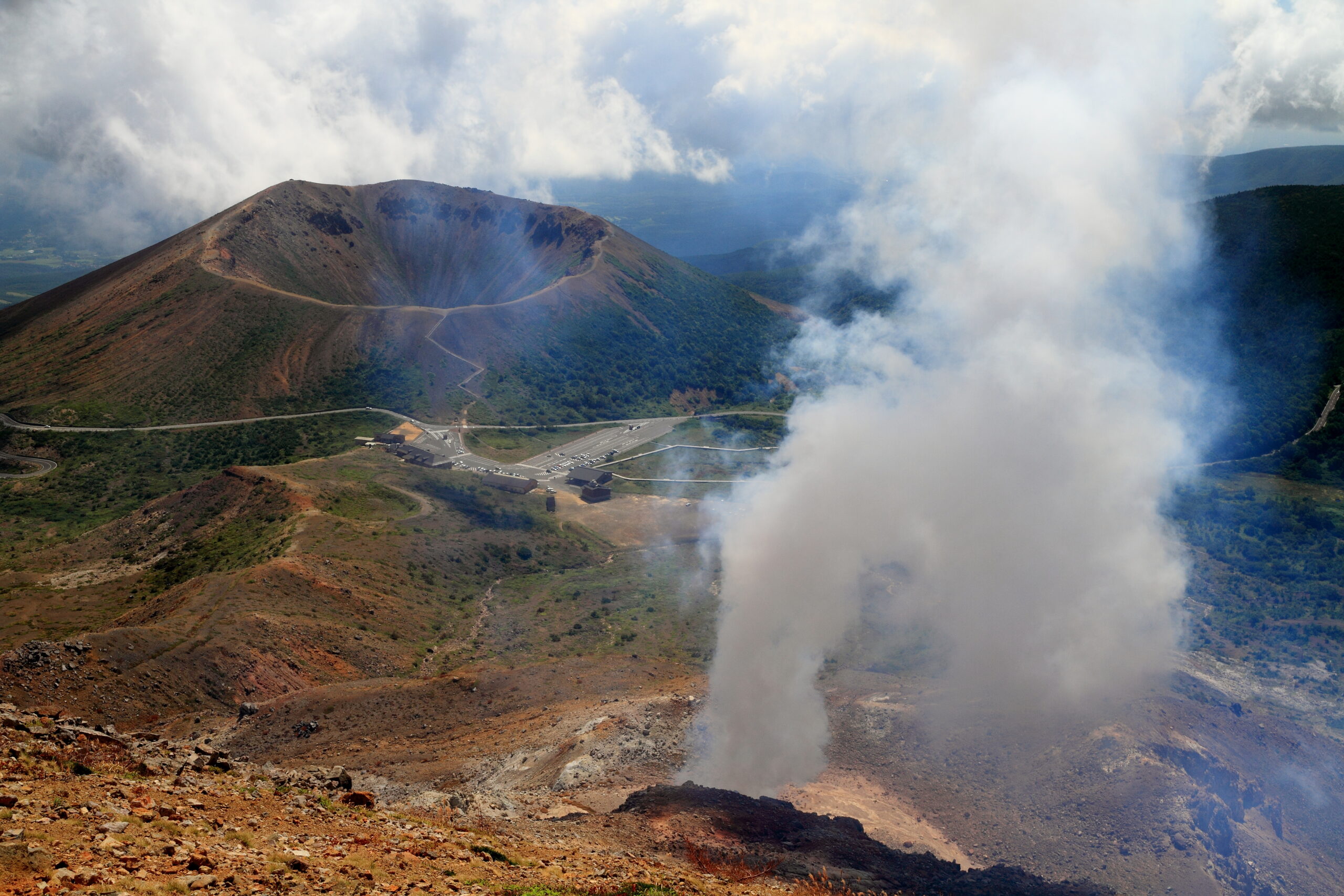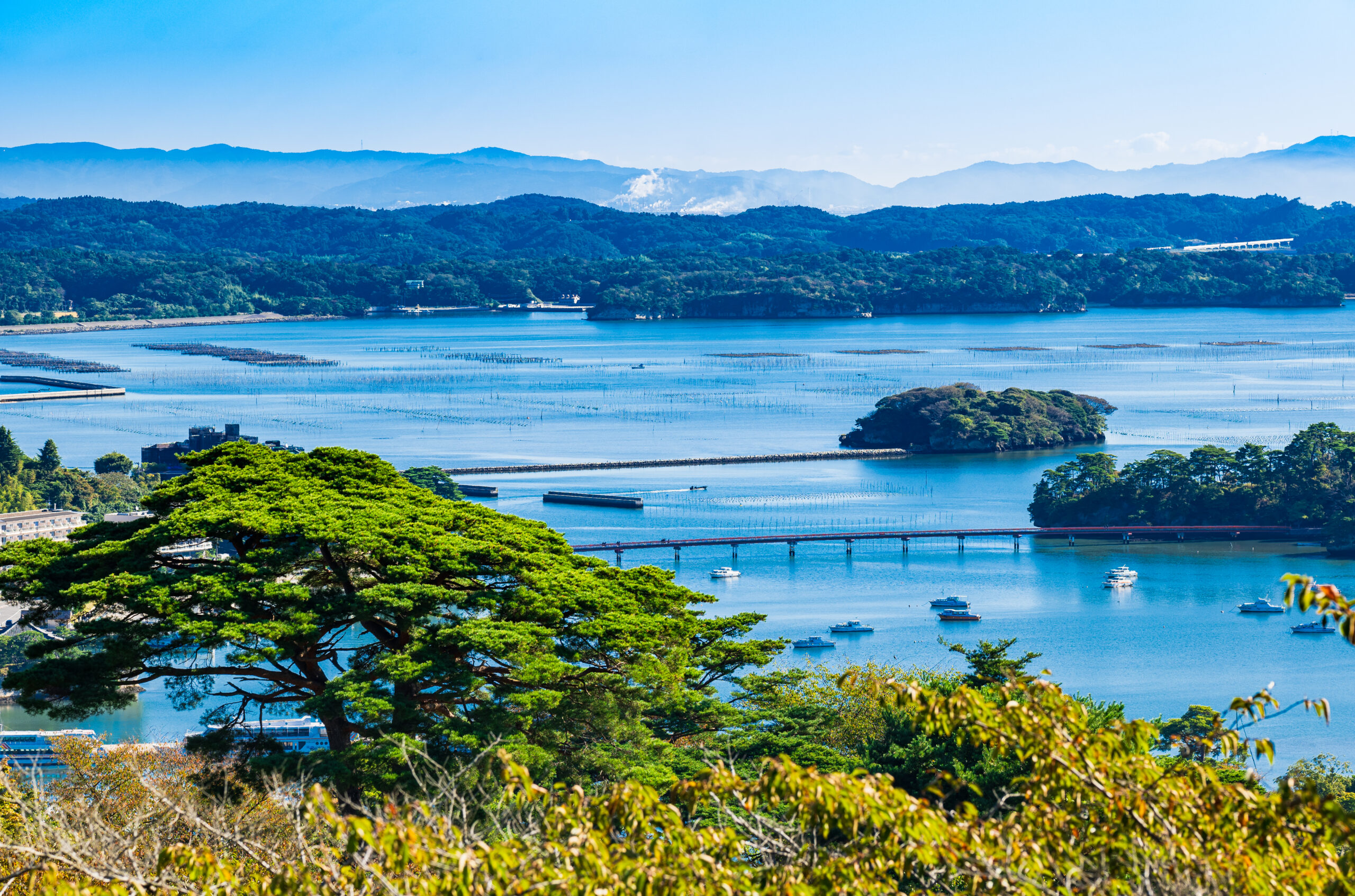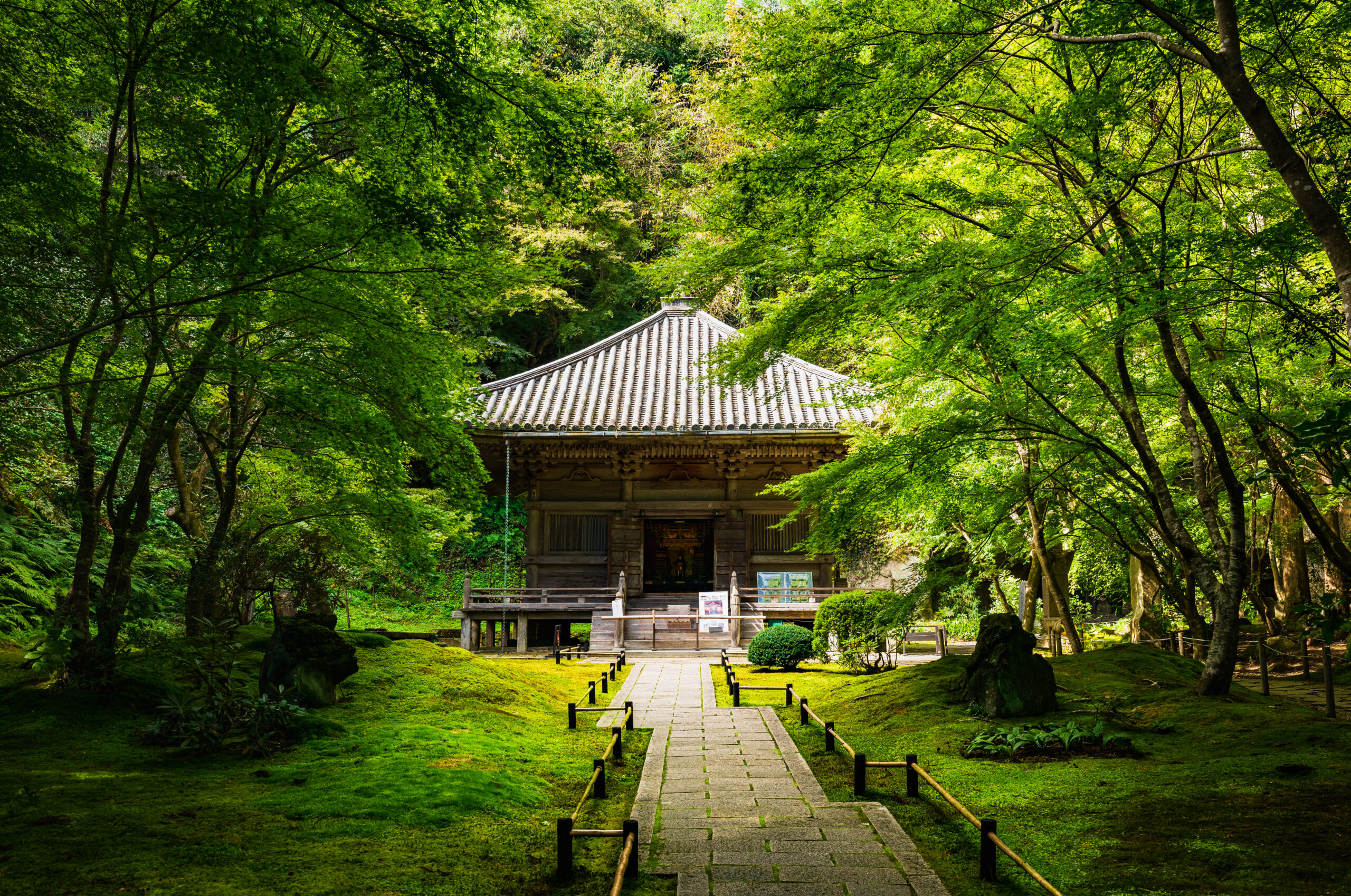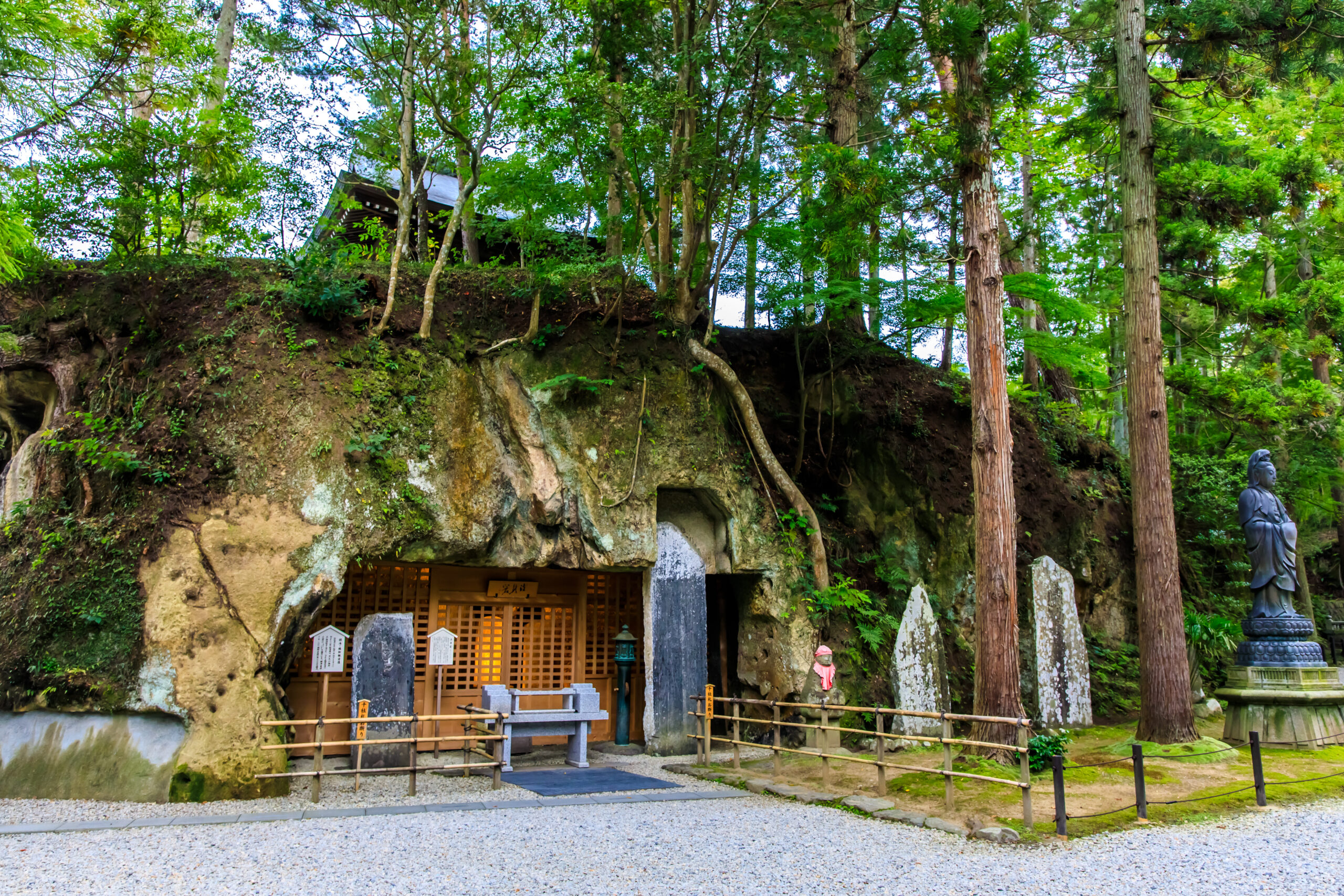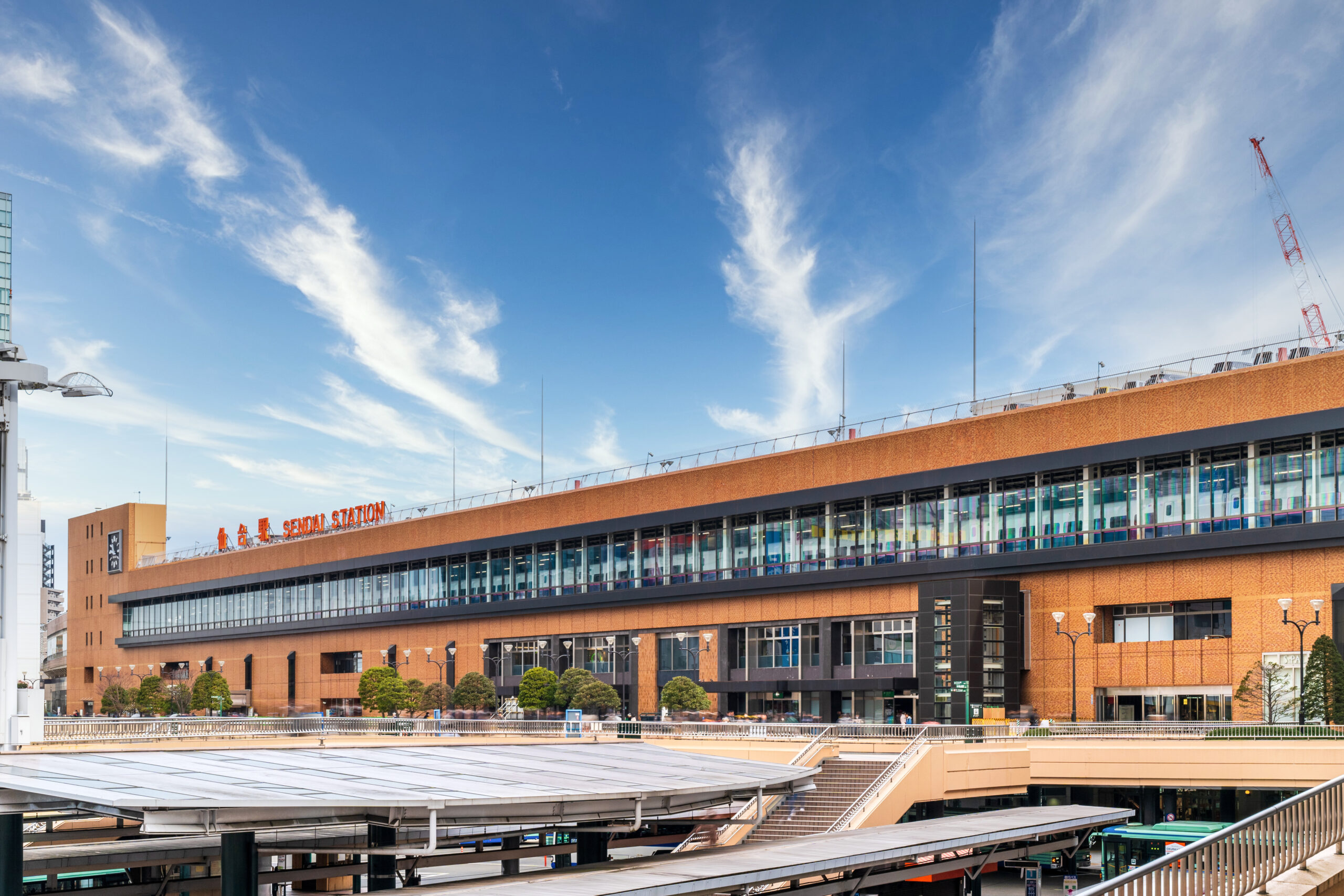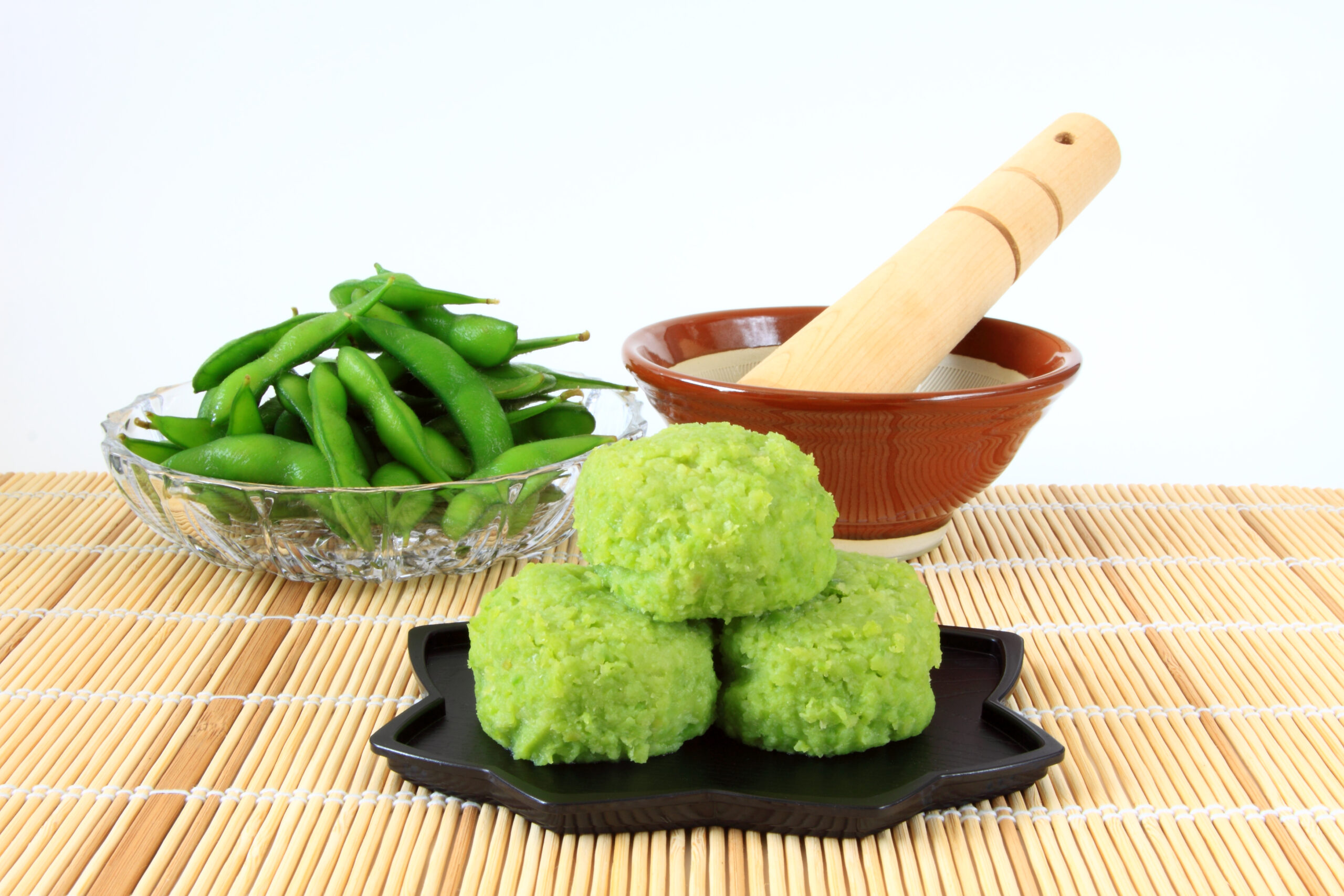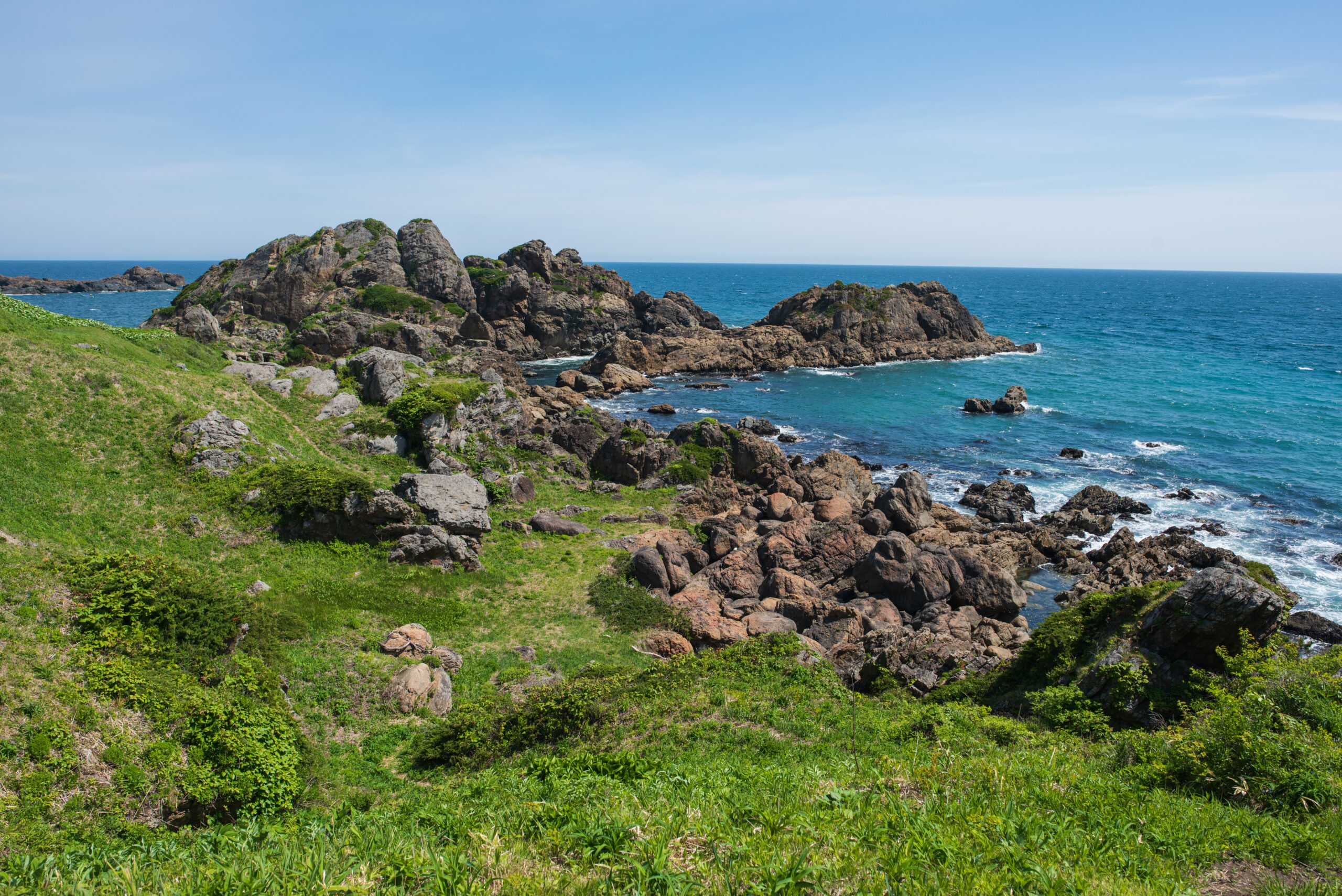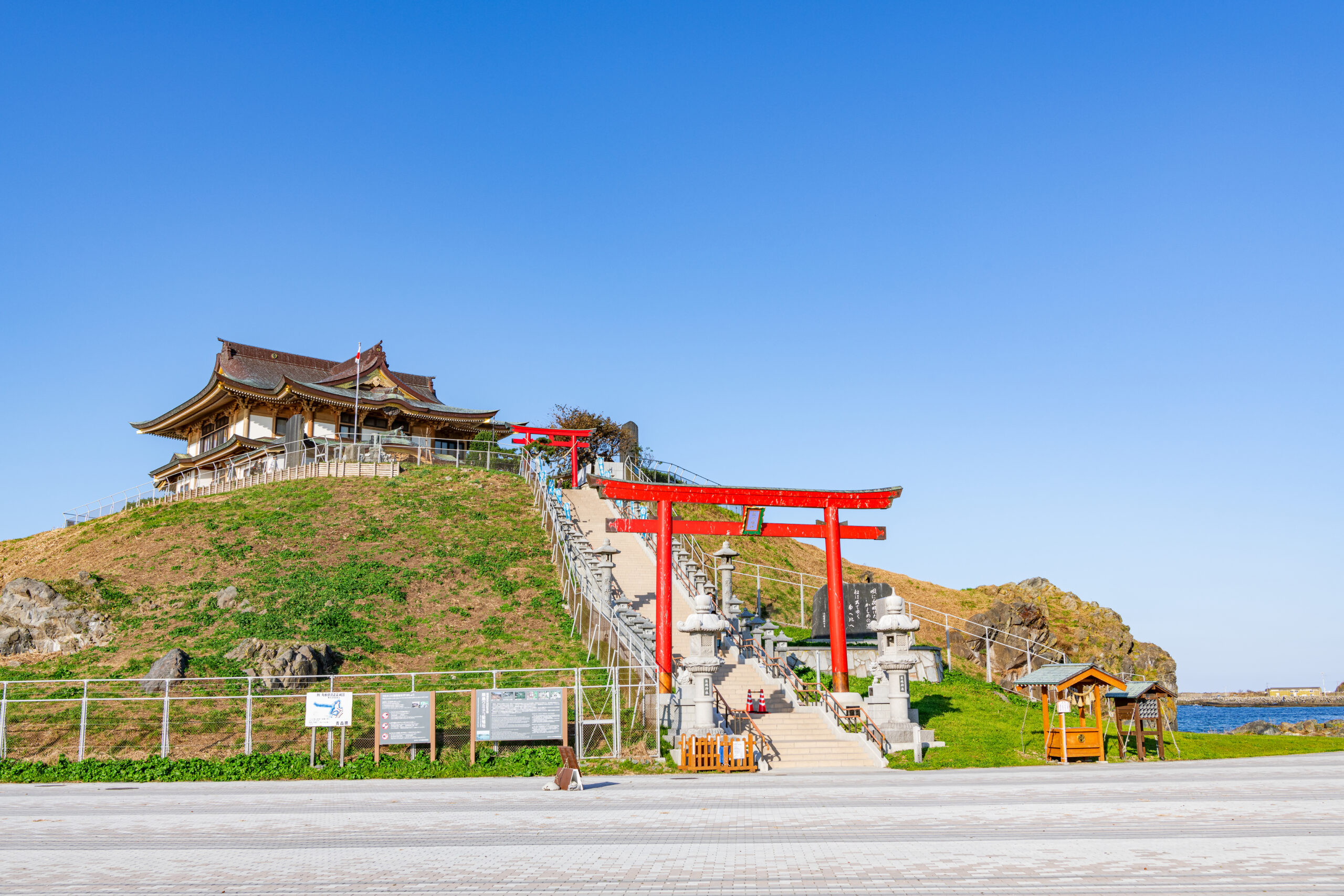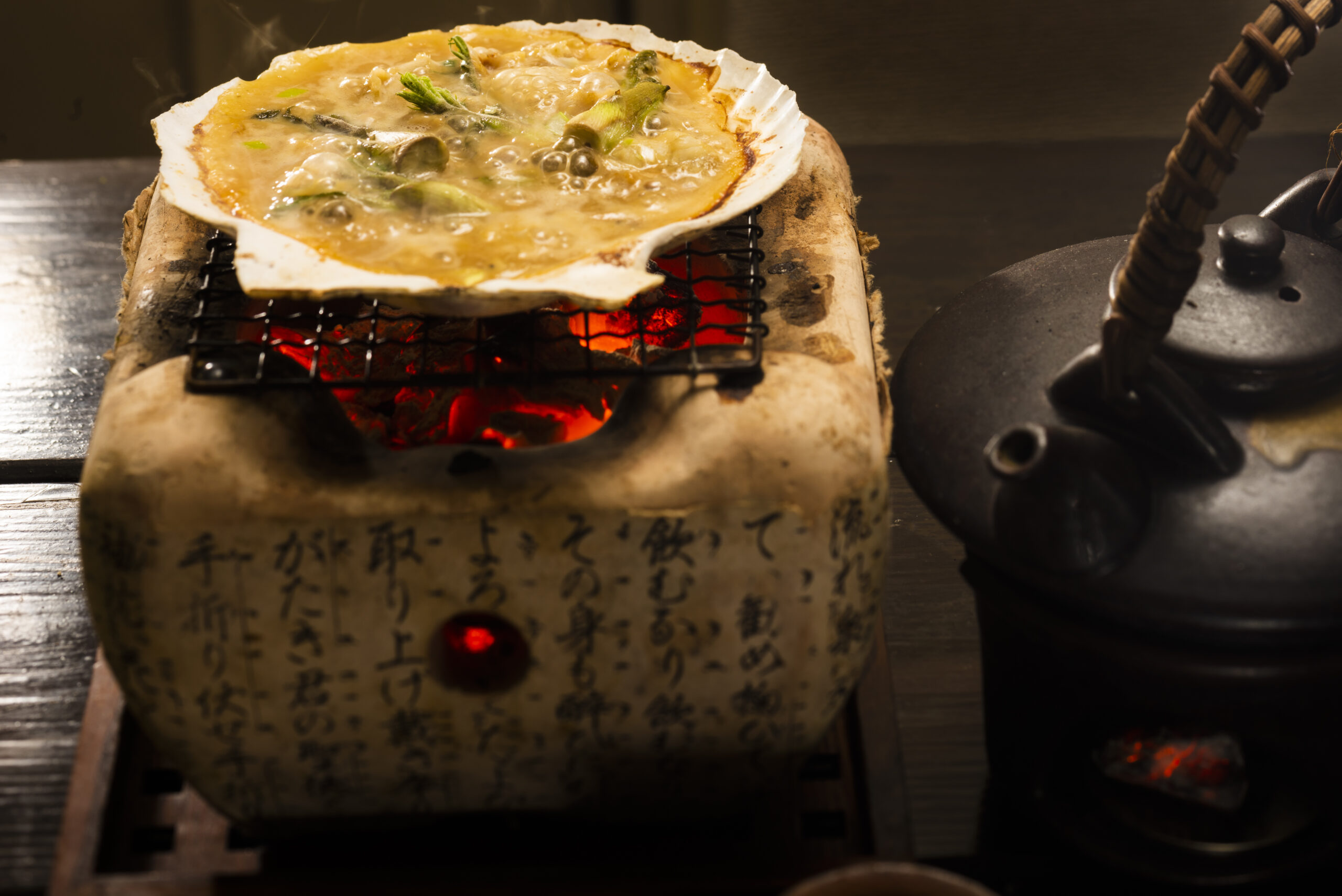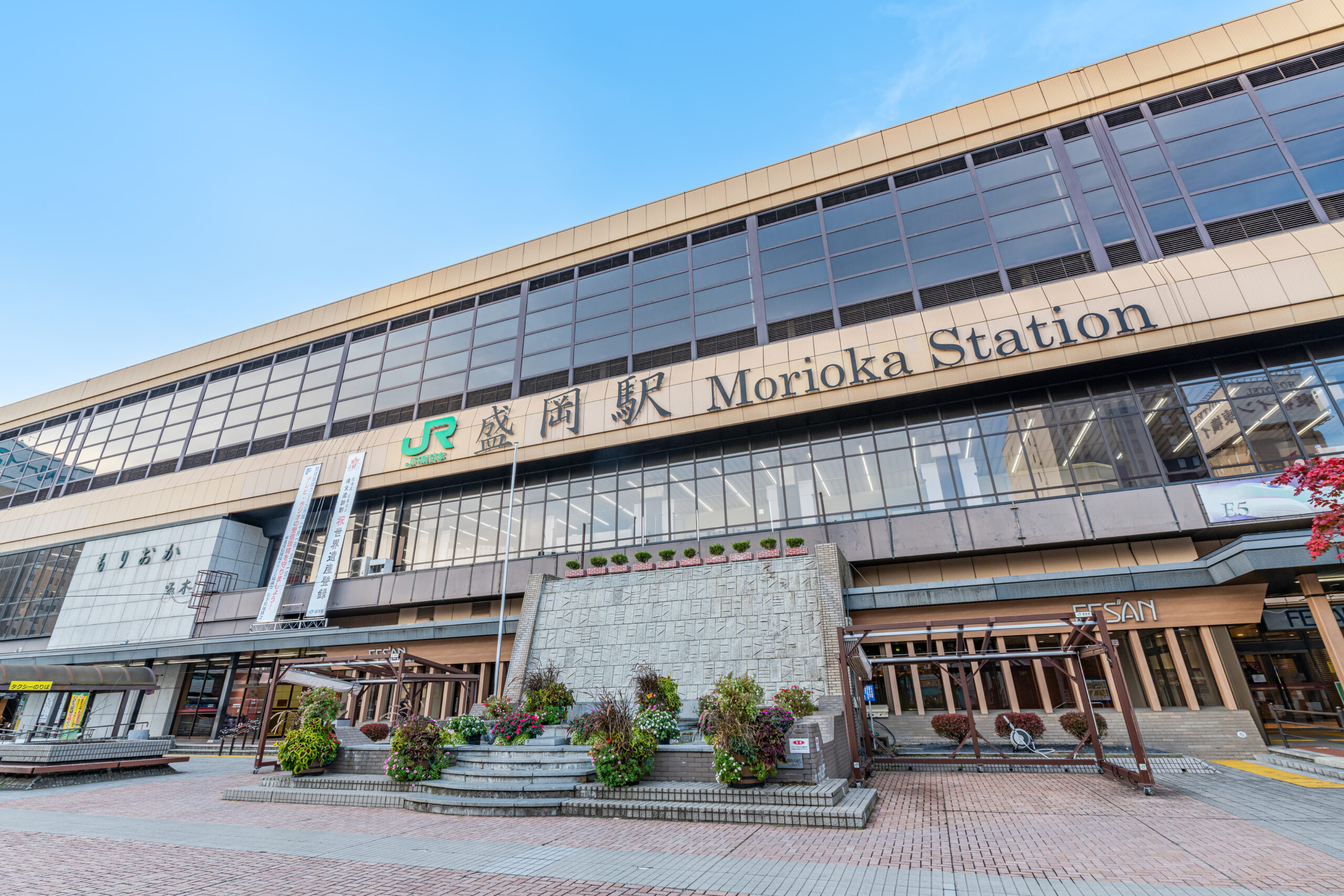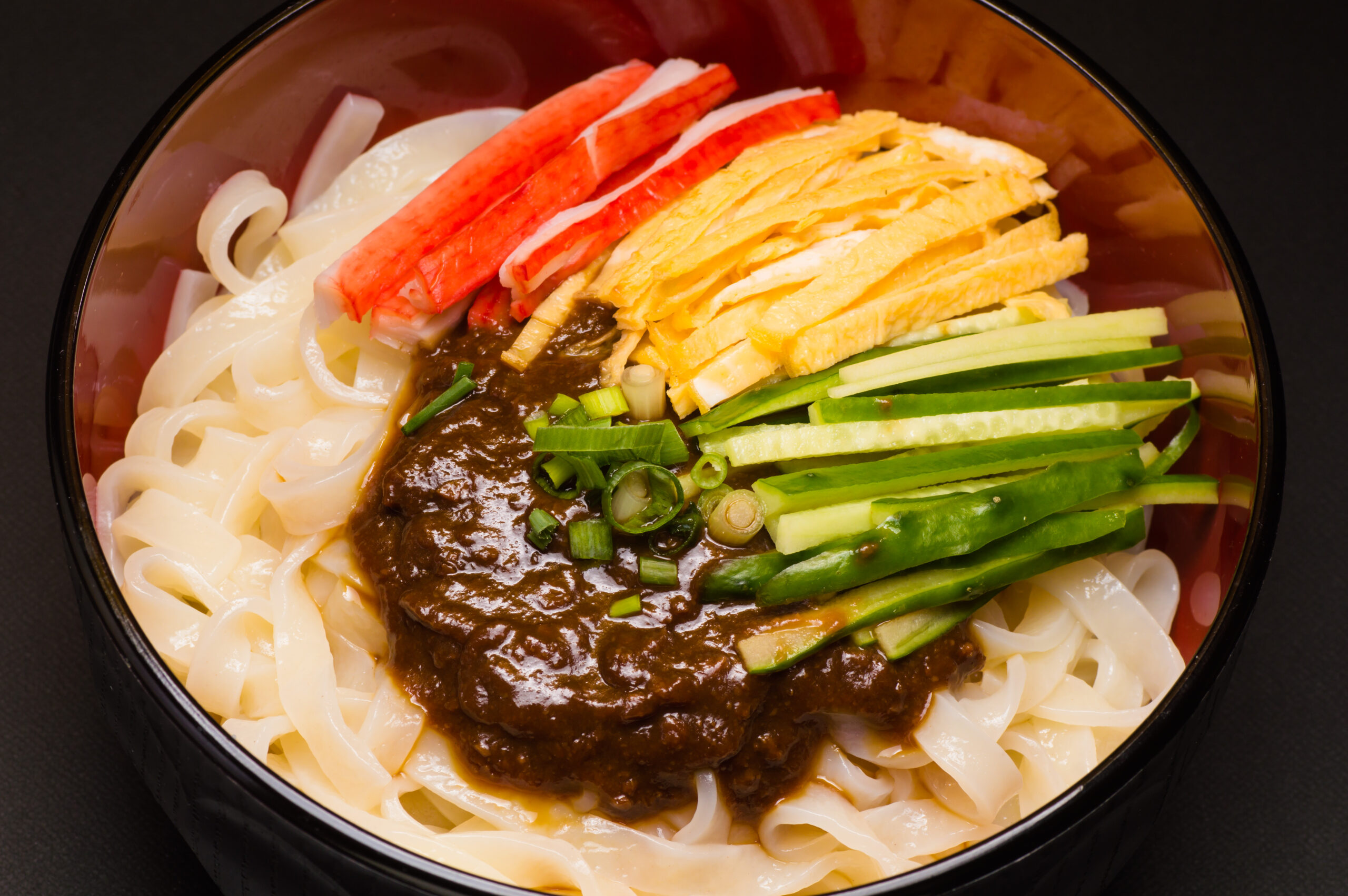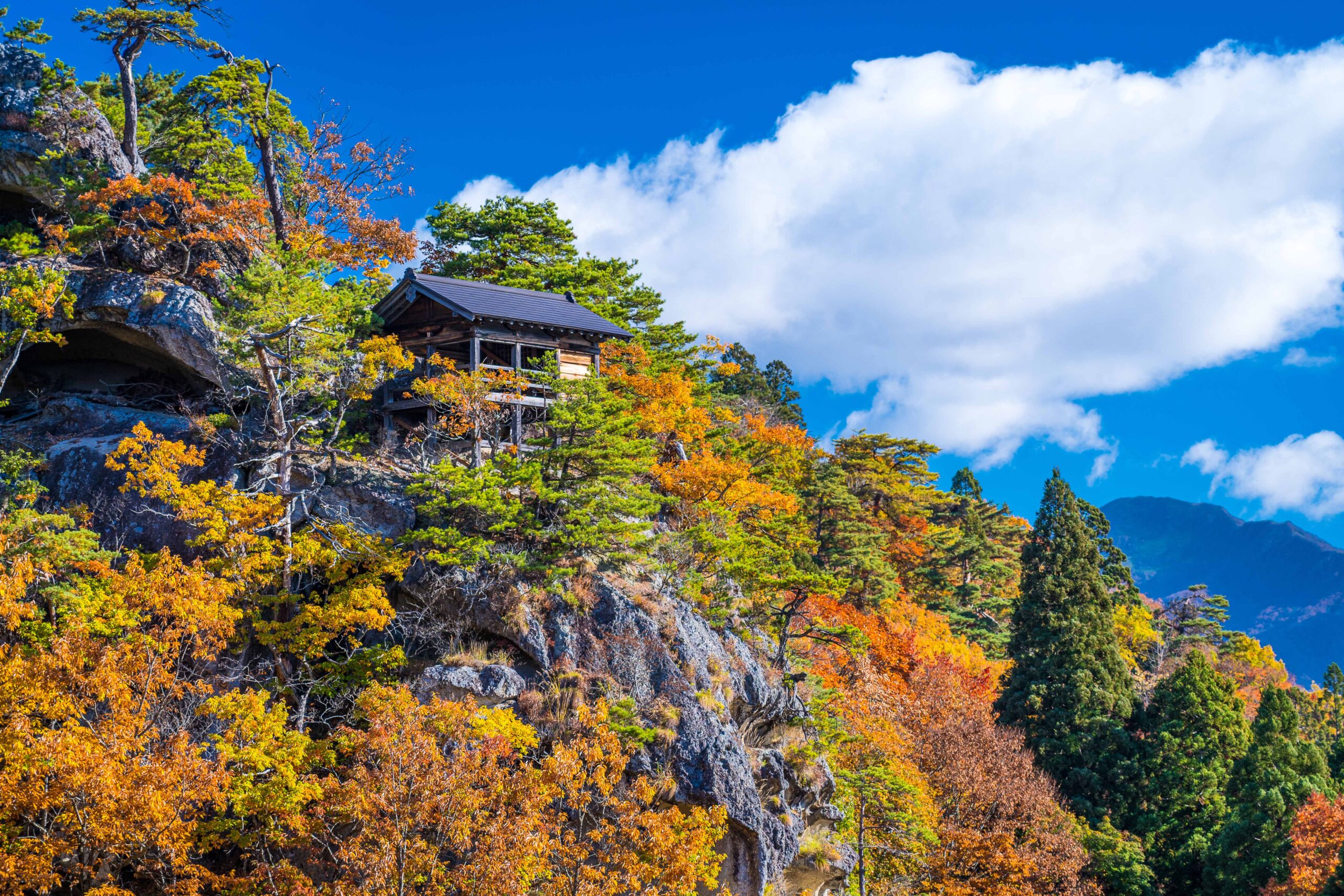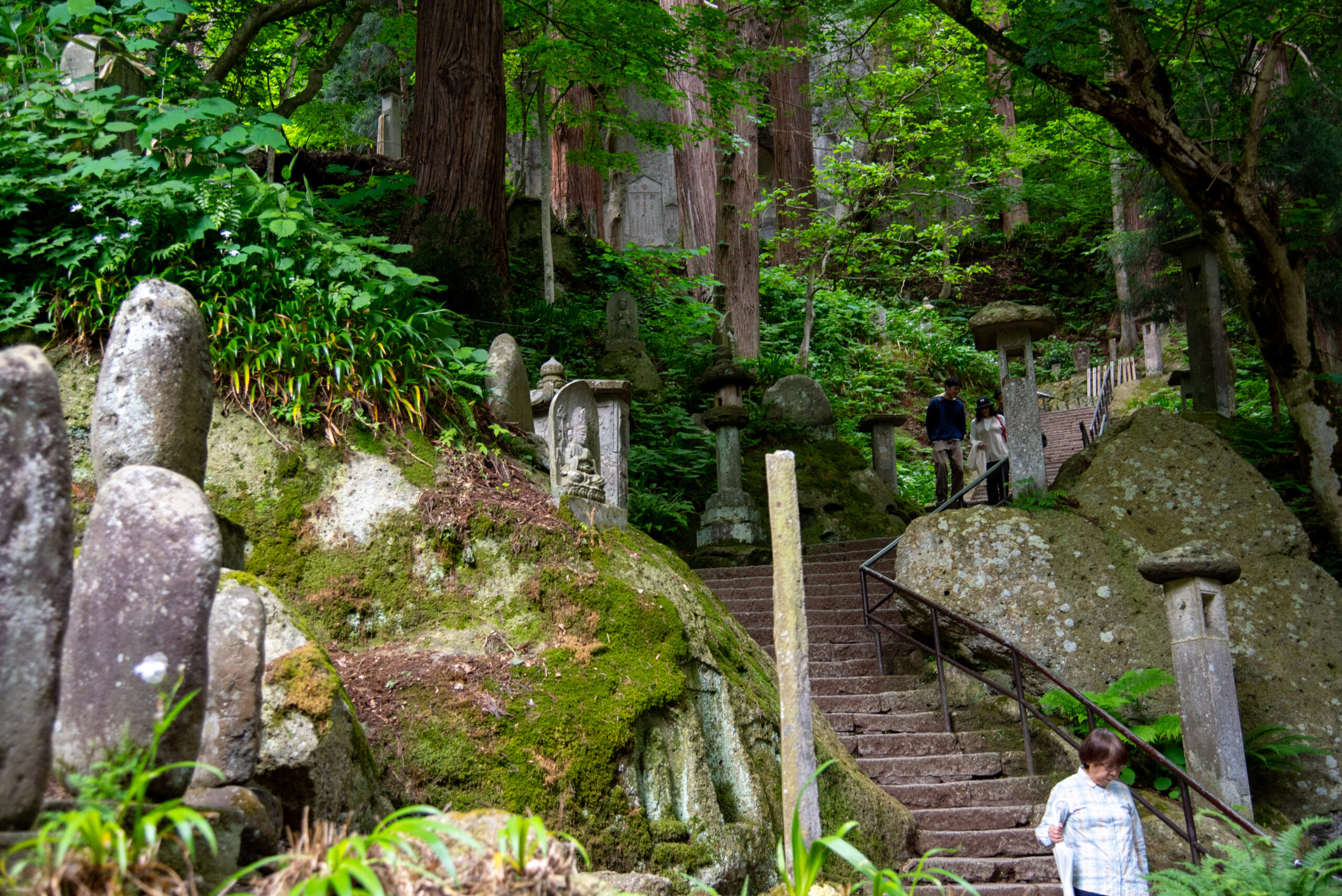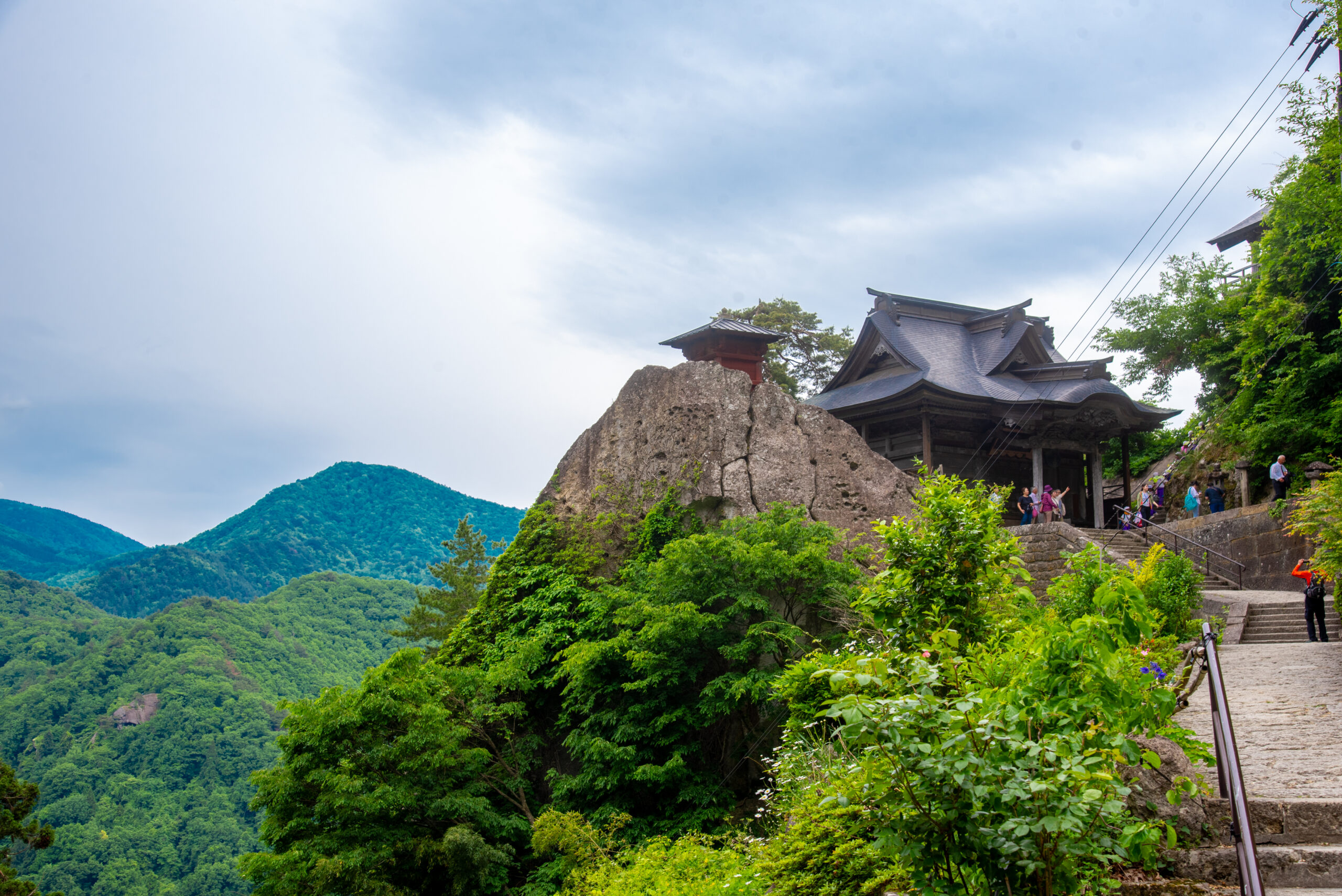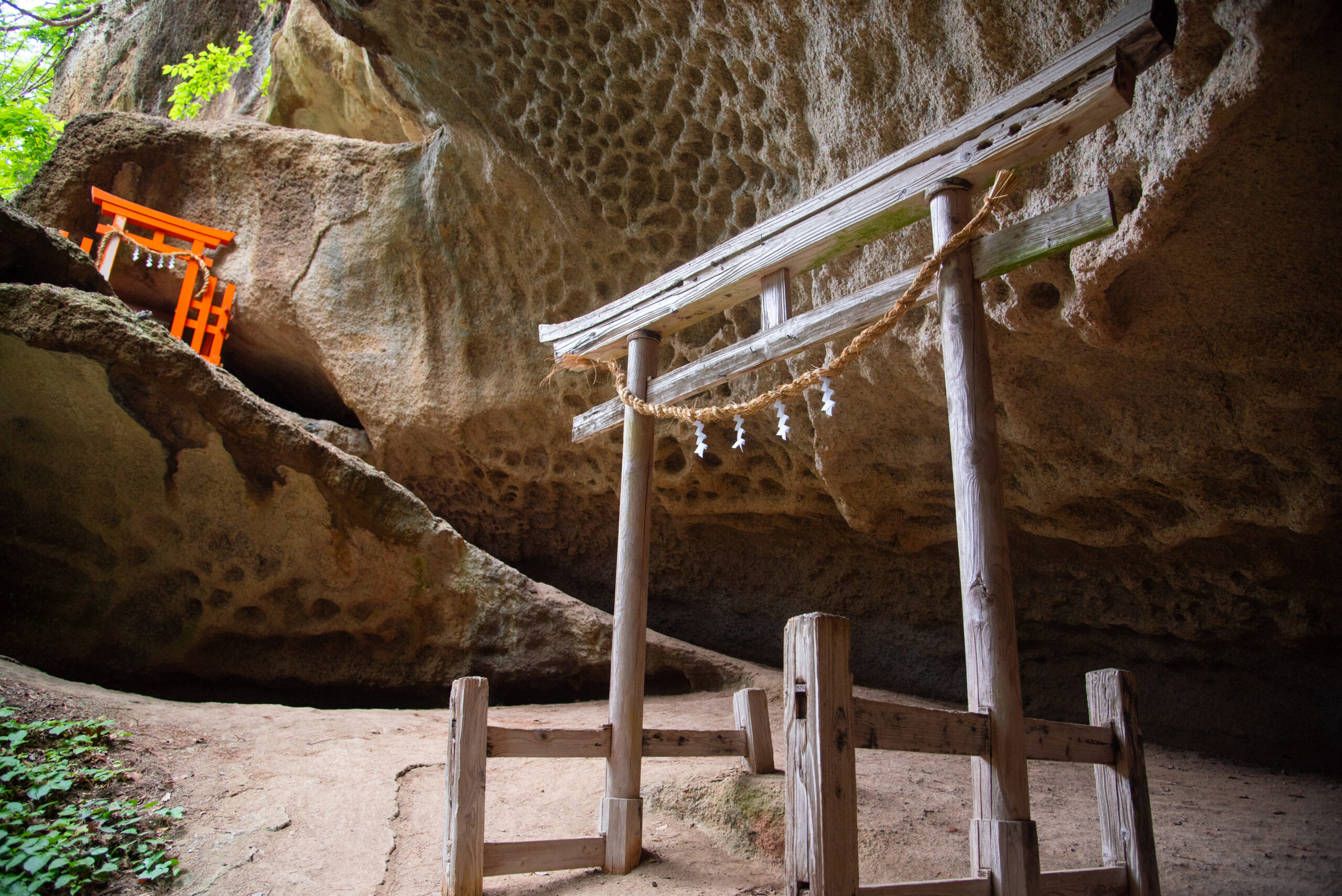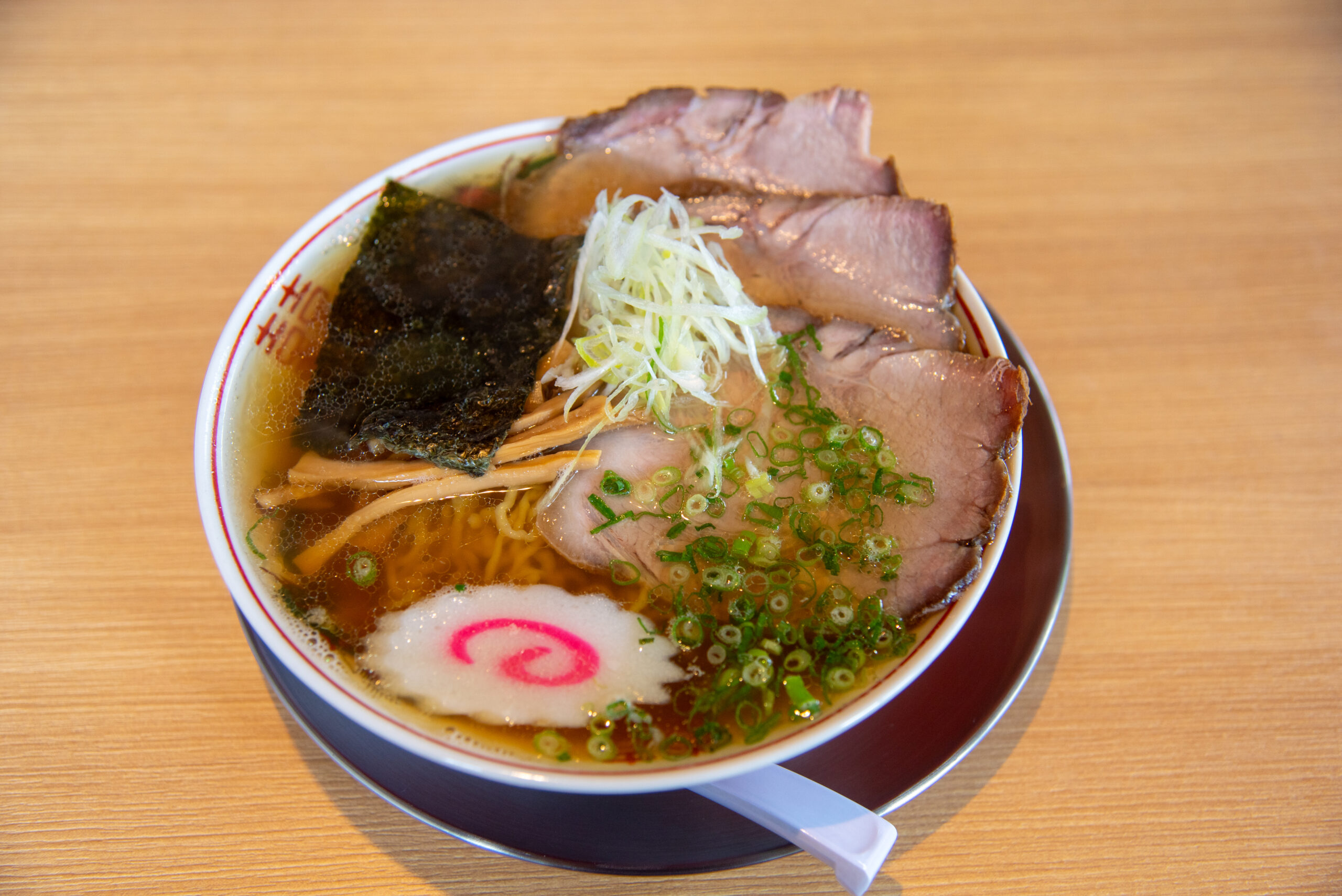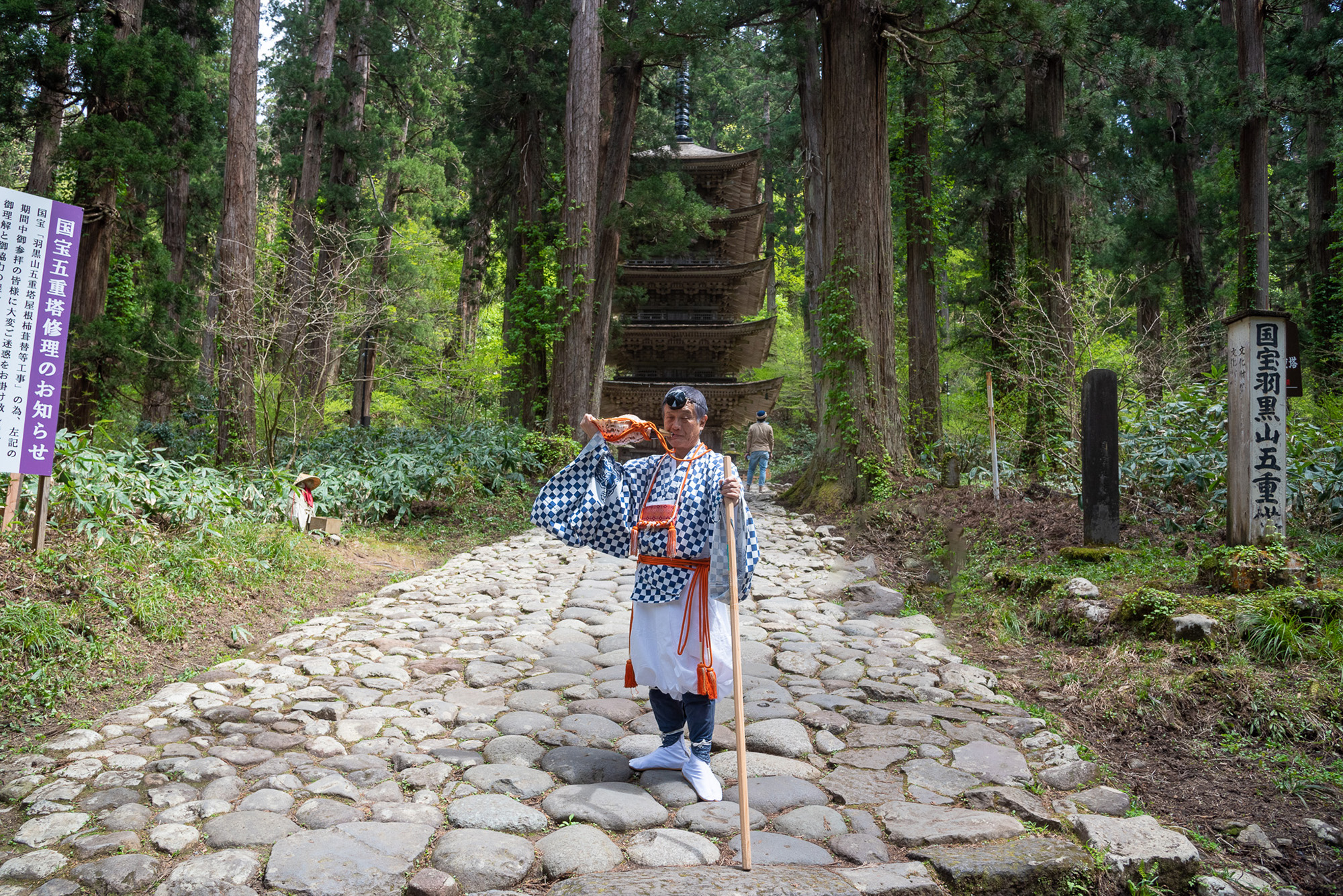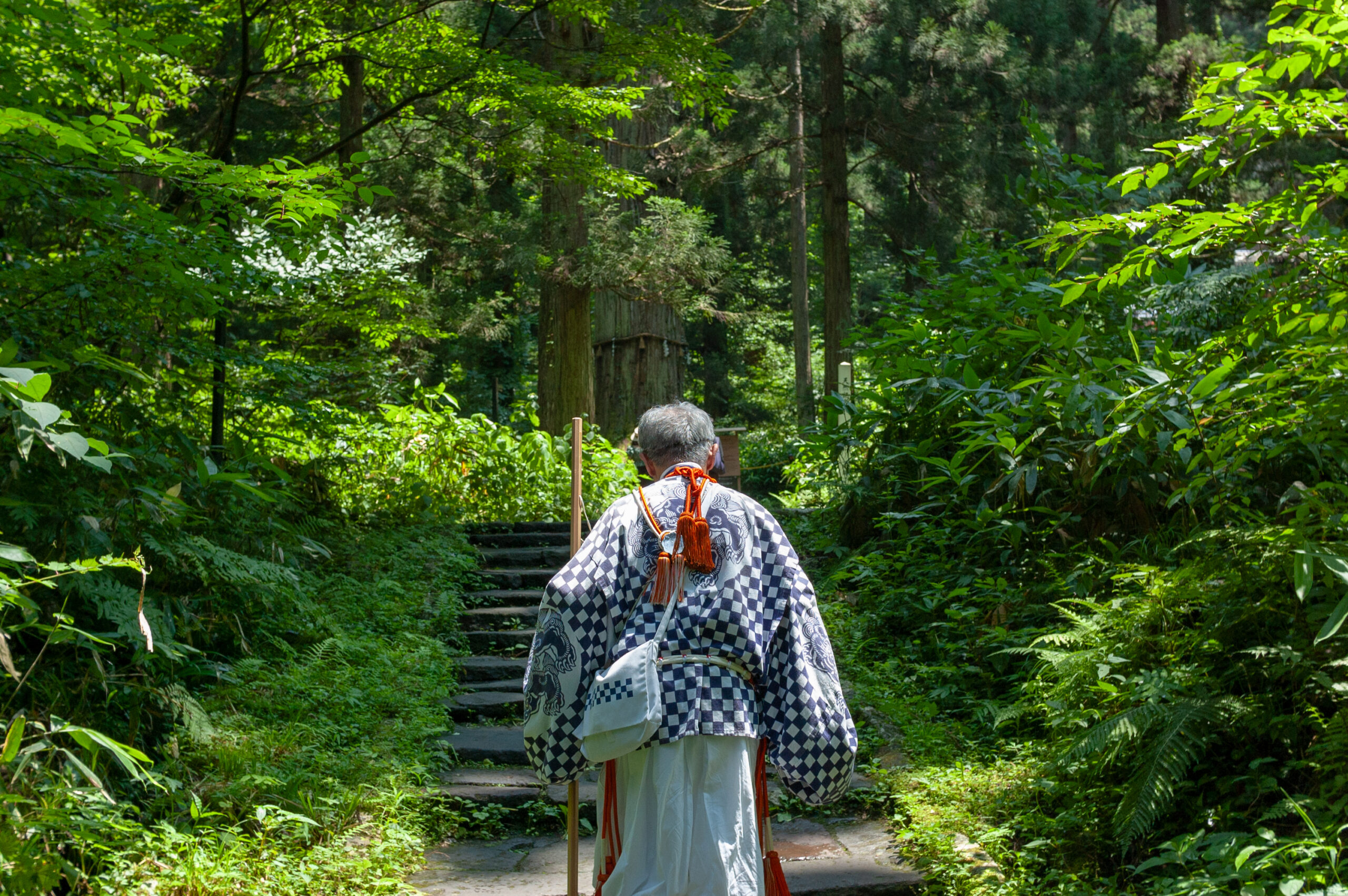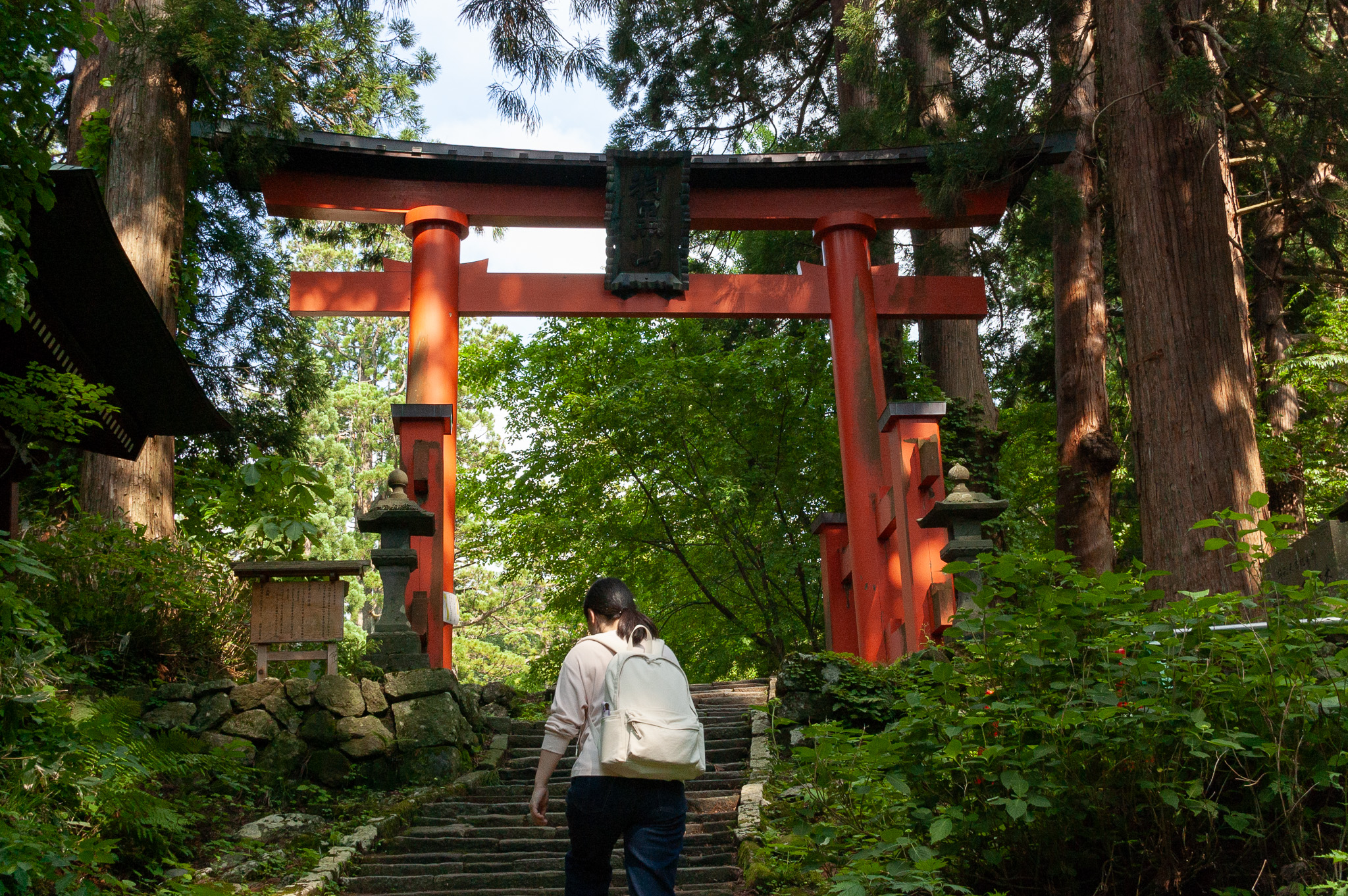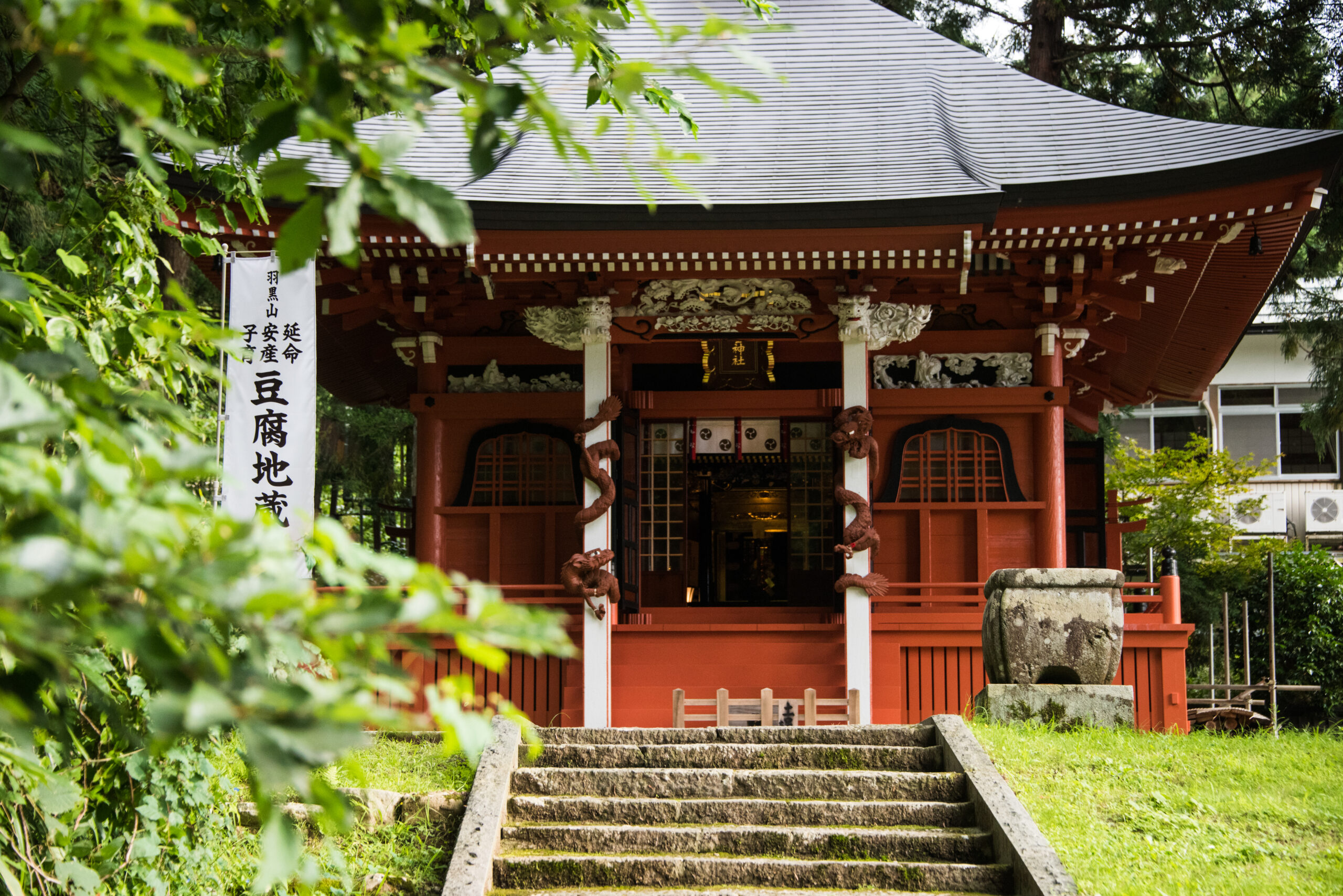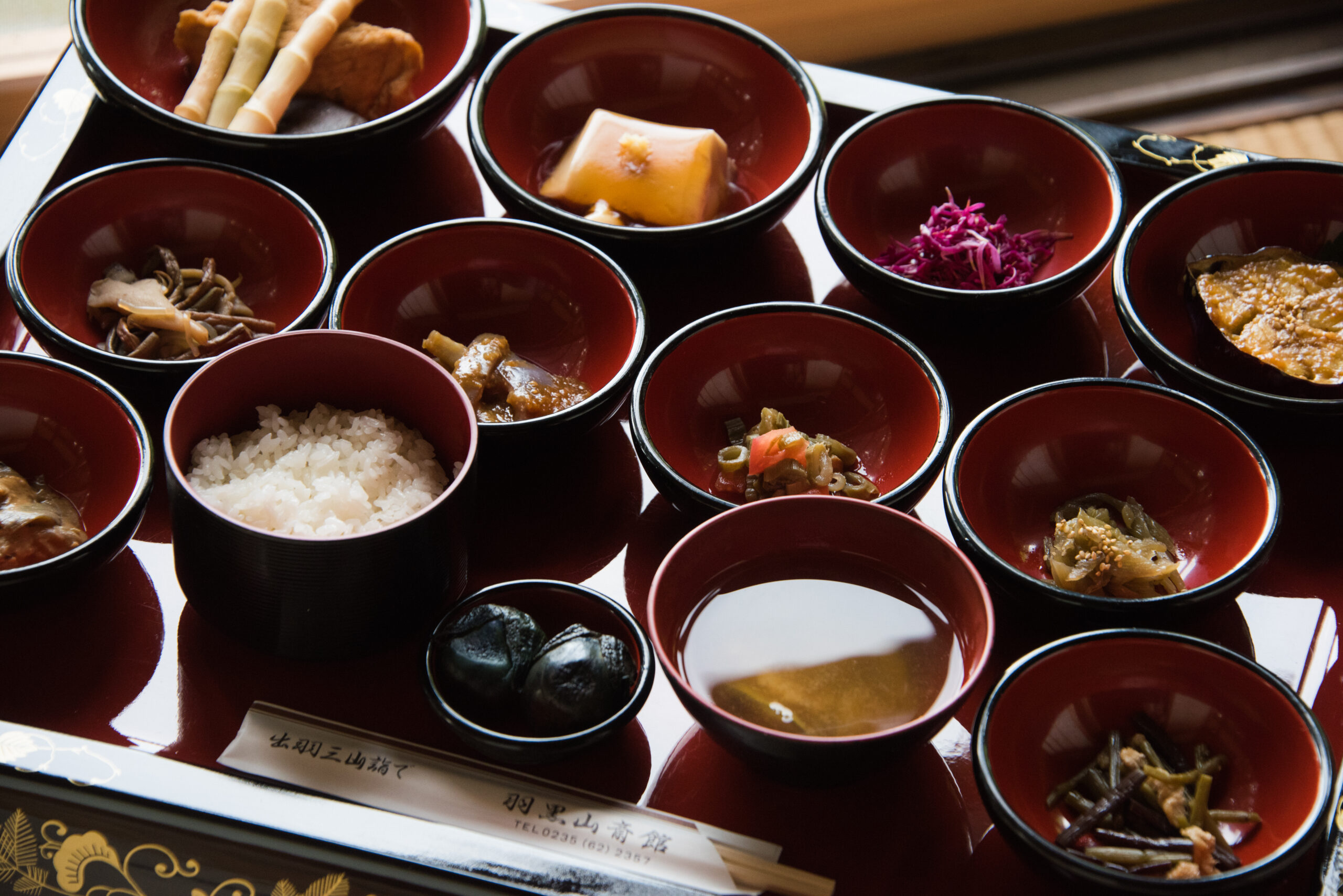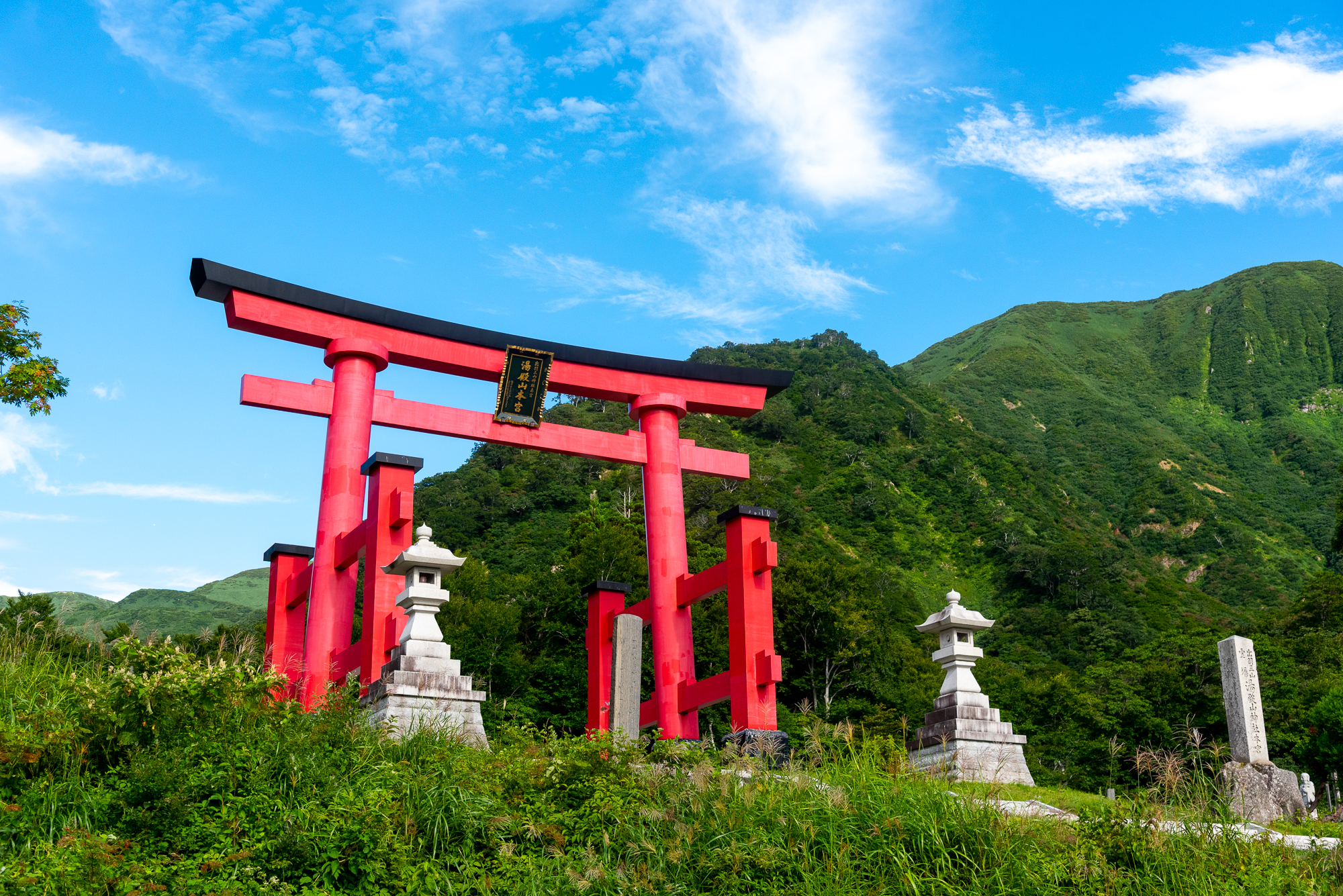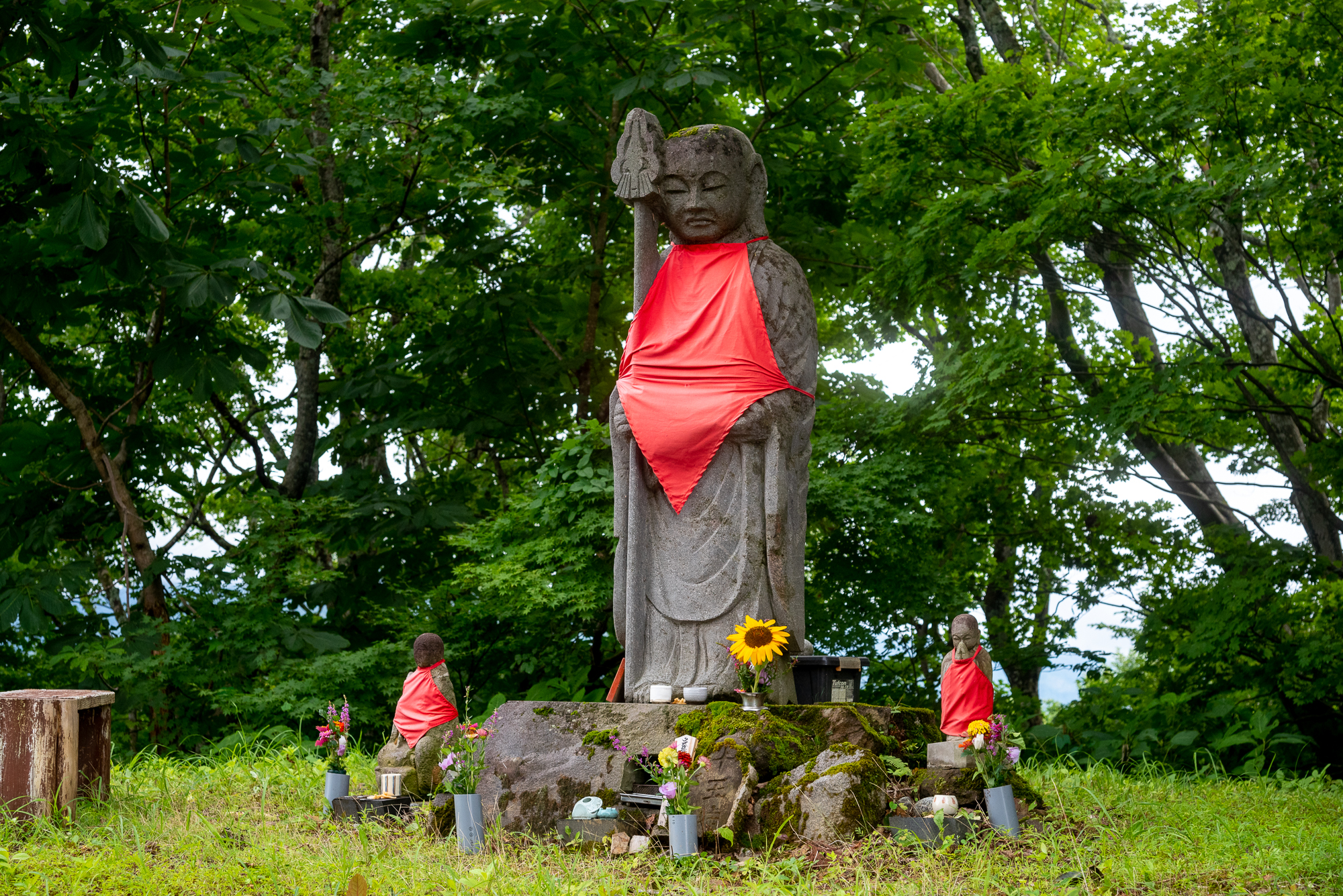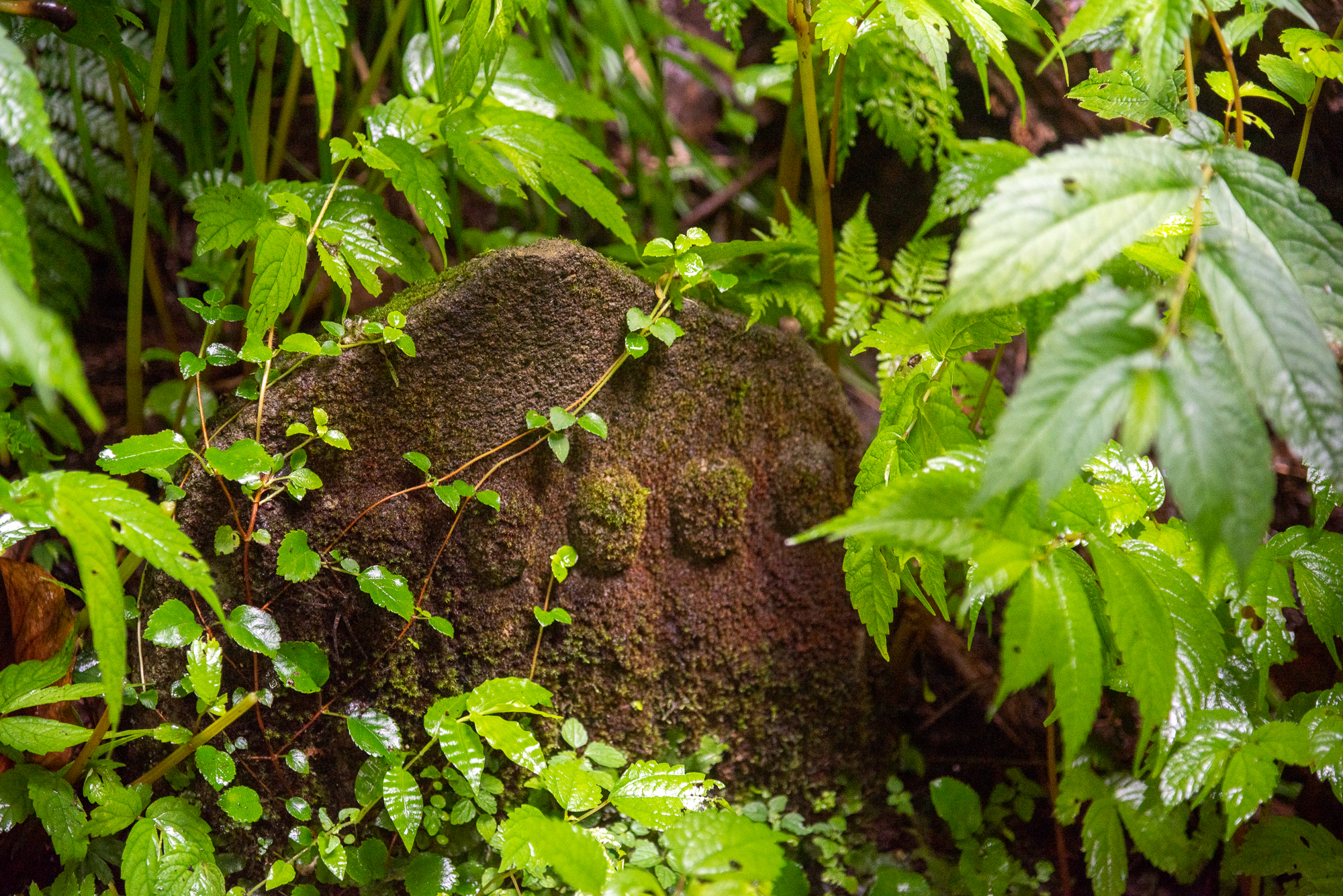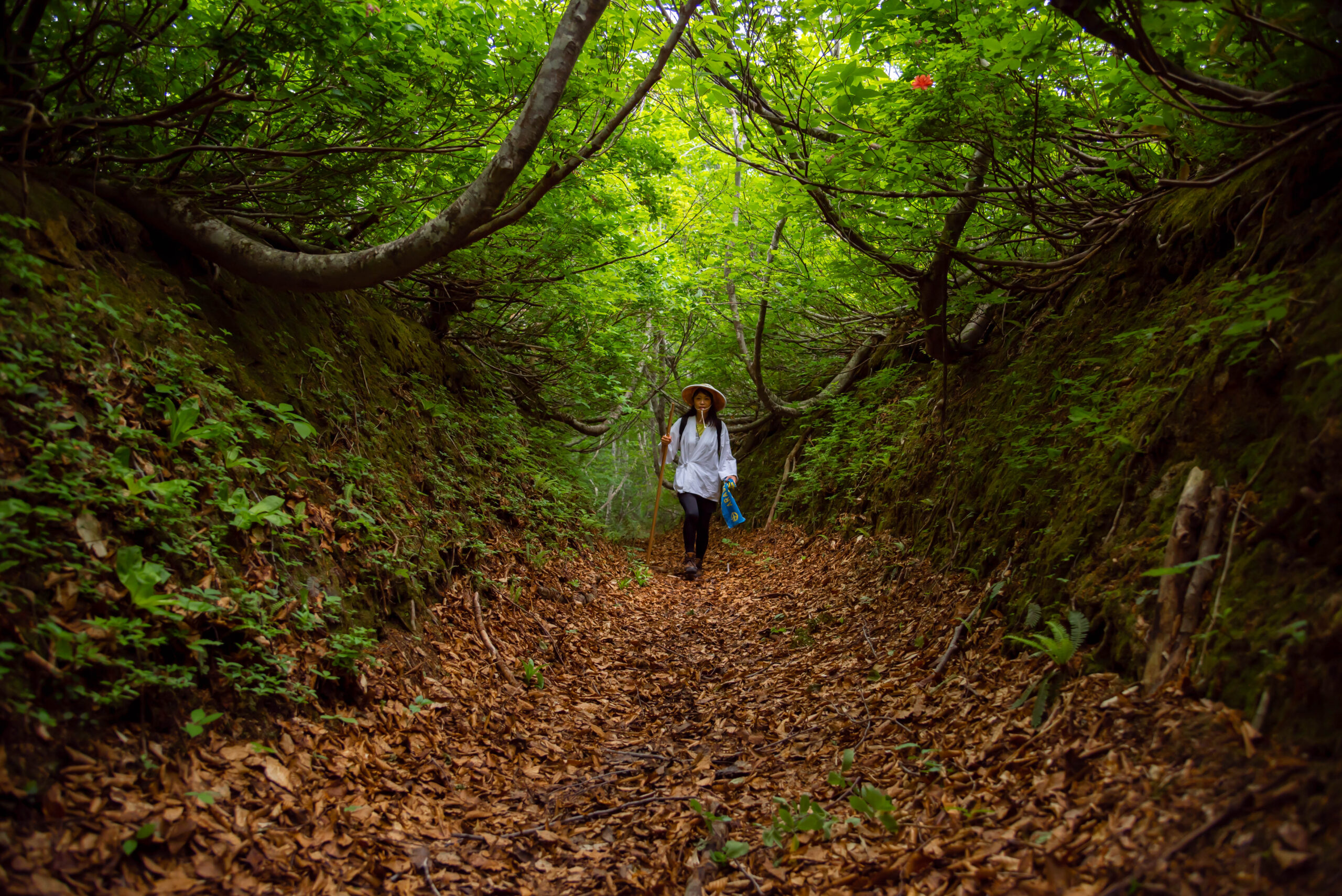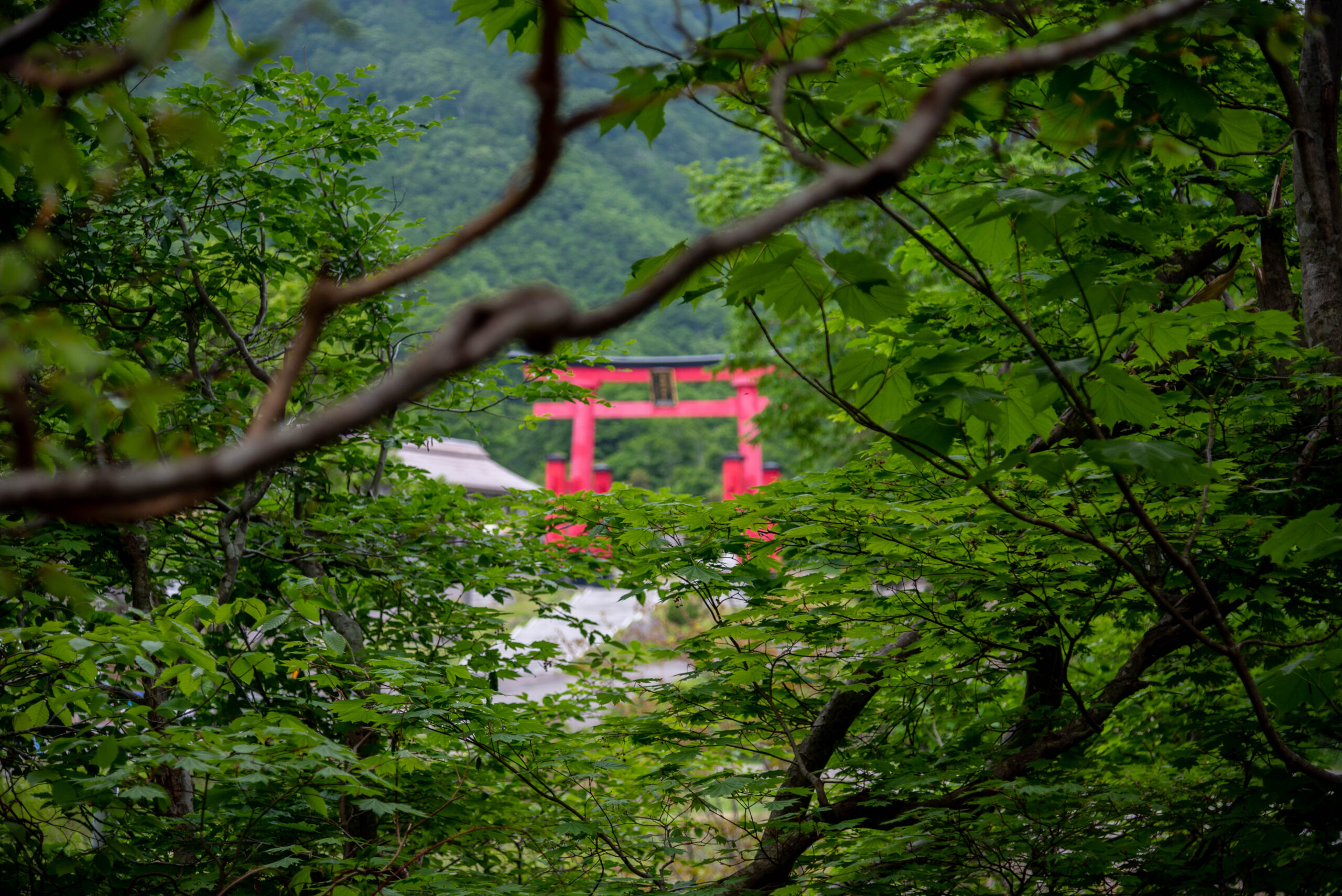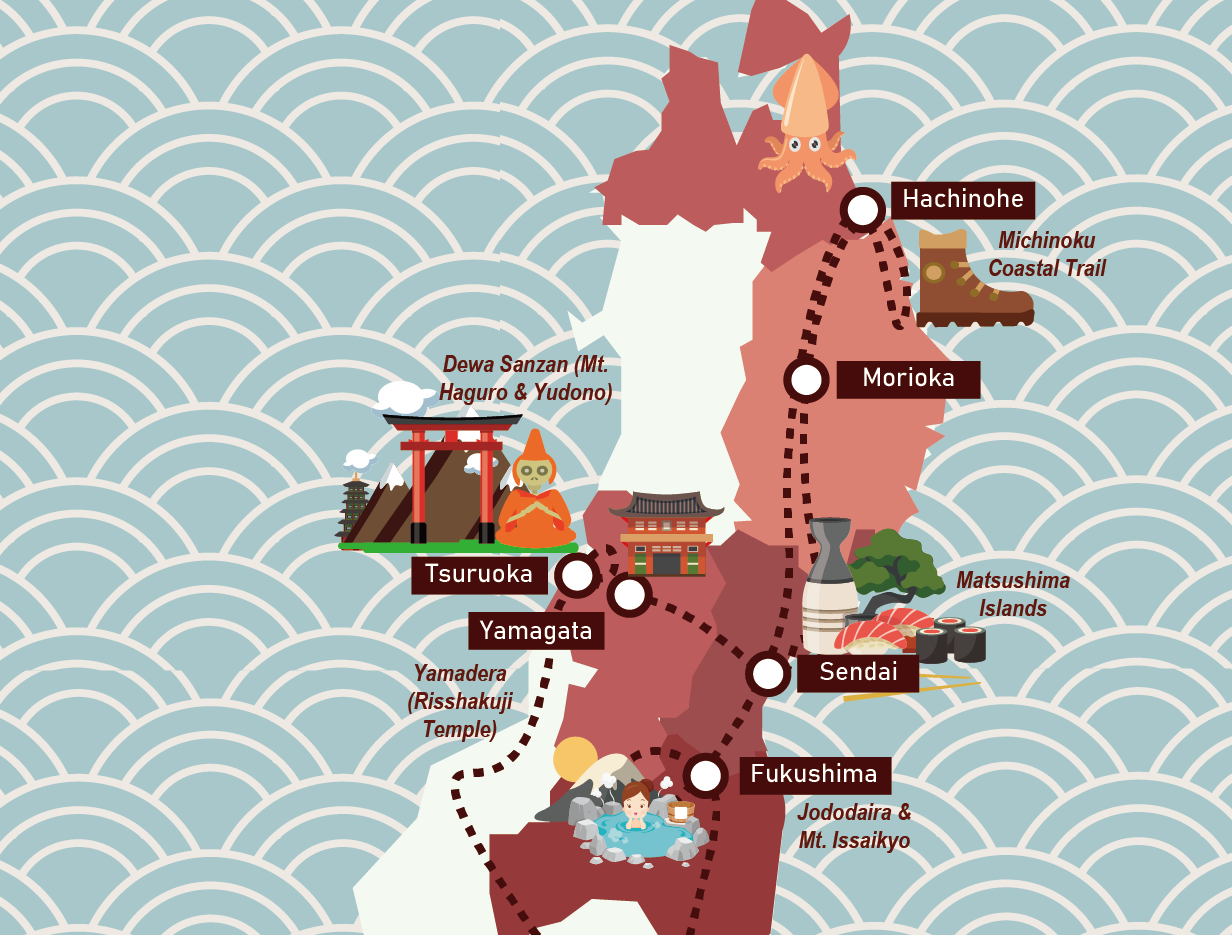
(Recommended itinerary) 7 days to explore the best of the Tohoku’s hiking spots ! (a JR-pass compatible tour idea – Summer edition)
Ready for 7 days of epic hiking adventures in Tohoku? We’ve got your itinerary covered.
Grab your water bottle, hiking poles, and sunglasses, lace up your boots, and get ready to explore the wild beauty of northern Japan.
Start with the Volcano Trail in Fukushima Prefecture, traversing the dramatic landscapes of Jododaira and Mt. Issaikyo in Bandai-Asahi National Park. Then, follow the Spiritual Trail through the sacred peaks of Mt. Haguro & Yudono in Yamagata Prefecture, home to the legendary Dewa Sanzan.
Take in the serene coastal beauty of Matsushima Bay—celebrated as one of Japan’s top three scenic views—before venturing north to hike along the Michinoku Coastal Trail in Aomori and Iwate. Finally, end your journey in the tranquil forest paths of Yamadera, a temple hidden among the mountains.
Adventure, nature, and spirituality—all in one unforgettable week.
Prefectures visited: Fukushima, Miyagi, Iwate, Aomori, Yamagata prefectures
Places visited: Azuma Mountain Range (Jododaira, Mt. Issaikyo), Takayu Onsen, Matsushima Islands, Sendai, Tanesashi (Michinoku Coastal Trail), Morioka, Yamadera, Dewa Sanzan (Mt. Haguro & Yudono).
(D1) Jododaira, Takayu Onsen
Start your journey from Tokyo station at 8:07 on board of the Tohoku Shinkansen bound for Fukushima station (1h18).
- 9:46 Arrive at Fukushima station. Look for the Fukushima Tourist information center. Ask them about the bus bound for Jododaira, buy some food to snack on for lunch during your hike in Mt. Issaikyo.
- 11:30 Take the bus bound for Jododaira Visitor Center (Japanese website)
- Hike your way down to Takayu Onsen (5 hours and half)
- Before 19:00 Check-in at your ryokan in Takayu Onsen.
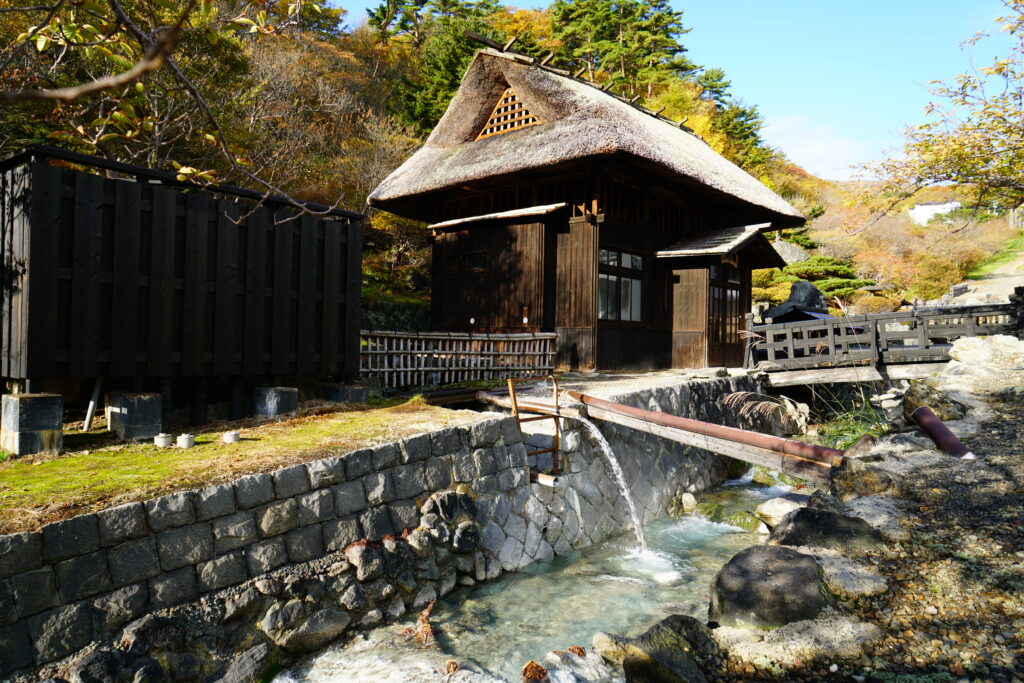
Access & Info
- The Volcano Trail in Bandai-Asahi National Park features iconic spots such as Mt. Issaikyo, the scenic Jododaira area, Mt. Adatara with Dake Onsen, Numajiri Onsen, Takayu Onsen, and numerous other hot springs nestled along the Azuma mountain range. This region, centered around the Azuma range and Mt. Bandai, enchants visitors with its dramatic volcanic landscapes, interspersed with lush forests and shimmering lakes that create a vibrant and ever-changing environment. Conveniently reachable from major cities, it attracts outdoor enthusiasts throughout the year who come to enjoy hiking, nature discovery, relaxing in hot springs, and winter sports. Preserving alpine flora that harks back to ancient times, and featuring volcanic terrains that continuously reshape the scenery, Bandai-Asahi National Park covers a vast territory including the Dewa Sanzan, the Asahi and Iide mountain ranges, the Azuma range, Mt. Bandai, and Lake Inawashiro. It ranks as Japan’s third largest national park by land area.
- About the Bandai-Asahi National Park : JNTO’s website
- Access info to Jododaira Visitor Center: Ministry of Environment’s English website
- Local tour provider: Tohoku Local Secret Tours
(D2) Sendai, Matsushima Islands
This day will allow you to rest after your long hike in the Volcano Trail. The Matsushima hiking trail is a slow, peaceful stroll around the pacific coast to discover the place that particularly moved Matsuo Basho during his trip to the Narrow End of the World.
- Take the bus from Takayu Onsen to Fukushima Station.
- From Fukushima Station, take the Tohoku Shinkansen and make a transfer at Sendai Station for the Senseki line to reach Matsushima Kaigan station (approximative transportation time: 1h30min).
- From there, explore the coast, visit the Godaido of Zuiganji Temple, hike the Fukuurajima Islet.
- Go back on your steps, visit the Zuiganji Temple. Have lunch around the port
- Explore the Ojima Islet.
- If you have more time in the afternoon, take a cruise ship tour with the Matsushima-shima meguri boat tours (timetable)
- Stay in one of the hotels in the Matsushima area (hotel list in English)
Access & Info
- Japan’s Three Scenic Views: Amanohashidate, Miyajima, and Matsushima
- Japan’s renowned Nihon Sankei—the Three Scenic Views—refer to Amanohashidate in Kyoto, Miyajima in Hiroshima, and Matsushima in Miyagi Prefecture. The concept dates back to the Edo period and is attributed to Hayashi Gahō, a Confucian scholar, who mentioned these sites in his historical work Nihon Kokujiko.Matsushima refers to the collection of over 260 islands scattered within and around Matsushima Bay. These islands were once hills that, due to tectonic shifts, sank so that only the hilltops remained above sea level, forming the islands seen today. Each island, regardless of size, carries its own name, including Niojima, Senganjima, Komonejima, Kanejima, Futagojima, Kaerujima, and Yoroi-jima.
- Beyond its breathtaking scenery, Matsushima has long been celebrated as a prime spot for moon viewing. Historical figures such as Date Masamune—the first lord of the Sendai domain—haiku poet Matsushima Basho, and even Albert Einstein reportedly visited the area to admire the moonlit vistas.
- Matsushima Tourist Information Website: Hands on Sendai-Matsushima’s website
- Local tour provider: Tohoku Local Secret Tours
(D3) Sendai, Hachinohe, Tanesashi
This day is mostly dedicated to transportation and will be your entrance gate to part of the Michinoku Coastal Trail — all while indulging in the flavors of Tohoku. After all, how better to fuel your body for the region’s scenic trails than with its delicious local specialties?
In Sendai, recharge with some much-needed carbs thanks to its signature treat: zunda mochi — pound rice cakes topped with a sweet edamame paste. Then head north to Aomori, where you can get your protein fix with the locals’ favorite: squid, served grilled or as fresh sashimi — the choice is yours!
- Depart from Matsushima station to reach Sendai station with the Tohoku Line (26 min.)
- From Sendai station, take the Tohoku Shinkansen bound for Shin-Aomori, but you will get off the train at Hachinohe Station (1h10min).
- Visit the famous Kabushima Shrine that overlooks the sea and walk your way to the Kaisekiryōridokoro Kofunato restaurant where you’ll find the many seafood dishes that make the reputation of Aomori Prefecture.
- In the afternoon, hike 1h30min down to Tanesashi’s Visitor Center to ask them what itinerary of the Michinoku Coastal trail fits your plans best. They’re the experts!
- Visit the Itsukushima Shrine (40 min walk from the Tanesashi Visitor Center, 3km)
- Go to Okuki station, take the train to Taneichi station (20min)
- Stay at Marin Side Spa Taneichi.
Access & Info
- The Michinoku Coastal Trail: A Path of Recovery and Beauty
- The Michinoku Coastal Trail is a key component of the Ministry of the Environment’s “Green Reconstruction Project,” established in response to the Great East Japan Earthquake and Tsunami of 2011. Central to this effort to revitalize the Tohoku region was the creation of Sanriku Fukko (Reconstruction) National Park.
- Through the collaboration of the Ministry of the Environment, four prefectures, 29 municipalities, local communities, and private organizations, the trail was developed in stages over several years. On June 9, 2019, the entire trail—stretching over 1,000 kilometers from Kabushima in Hachinohe, Aomori Prefecture, to Matsukawaura in Soma, Fukushima Prefecture—was officially opened as a national trail.
- The Michinoku Coastal Trail offers stunning landscapes unique to the Pacific coast of Tohoku: sweeping views of the ocean, rivers, forests, and rural villages. The trail showcases the rich history, culture, and ways of life of communities living in harmony with nature, shaped by the region’s harsh yet abundant environment. Beyond its natural beauty, the trail is celebrated for the heartfelt connections forged between walkers and the people they meet along the way.
- Tanesashi Visitor Center’s website: Tanesashi’s website
- Michinoku Coastal Trail’s Information website: Michinoku Coastal Trail
- Local tour provider: Michinori Travel
(D4) Michinoku Coastal Trail (Taneichi to Kuji station), Morioka
This day will be busy with over 7 hours of walking along the coast from Taneichi to Kuji station.
Visit the Shirataki Shrine and the Samuraiishi viewpoints. Don’t skip the Yokonuma Observatory on the way.
Take the train at Kuji Station to go back to Hachinohe Station with the Hachinohe Line, to make a change for the Tohoku Shinkansen for Morioka (2h30min).
Have dinner inside Morioka station (note to foodies: Morioka’s staple dish is the Jajamen!)
Access & Info
- Michinoku Coastal Trail’s Information website: Taneichi to Kuji trail course
- Local tour provider: Michinori Travel
(D5) Yamadera, Tsuruoka
Yamadera is a charming temple (Risshakuji Temple) atop a mountain which has to be reached through a 1000 steps walk in the forest. It’s an “easy introduction” to what will be waiting for you on Mt. Haguro the next day (some people say it’s 3 times harder to complete Mt. Haguro than Yamadera). It takes roughly 1 hour to walk to Yamadera’s top, but we recommend you reserve 3 hours in the area to fully appreciate the several temples and Buddhist relics along the way.
- Depart early in the morning to reach Yamadera with the Tohoku shinkansen from Morioka station, from which you’ll have to make a transfer for the Senzan Line at Sendai station (2h30min).
- Start your visit of Yamadera before 10am.
- Once you’re done, have a bowl of ramen around Yamadera’s entrance point (but our favorite place is Enzo next to the Yamadera station)
- If you have extra energy (and time), we recommend you explore the Tarimizu ruins next to Yamadera. Please don’t attempt this if you’re running out of time, it’s an extra 1-3 hours hike depending on whether you want to hike it all or not.
From Yamadera Station, reach Yamagata station with the Senzan line (20min) and take the bus bound for Tsuruoka/Sakata from the bus stop in front of Yamagata station at 17:43 (1h 45min, bus timetable).
Get off the bus at S-Mall Bus Terminal, stay at Daiichi Hotel.
Access & Info
- Yamadera Temple: A Sacred Site Carved into Stone
- Yamadera Temple, officially known as Risshaku-ji, is believed to have been founded in December 860 by the Buddhist priest Ennin (Jikaku Daishi) under the orders of Emperor Seiwa. Perched on a steep mountainside, the temple offers breathtaking views that transform with the seasons, framed by dramatic rock formations and sheer cliffs, and is said to preserve the “flame that never ceased to burn”.
- Due to its historical connection with Mt. Hiei, the temple attracted merchants from the Omi region, which in turn helped spur the development of the safflower trade—a key industry in the area for centuries.
- Yamadera information: Japan Heritage Yamadera
- Local tour provider: Yamaderans Guide Association
(D6) Mt. Haguro, the Rokujurigoe Kaido Pilgrimage trail
- Take the bus from S-Mall bus terminal to Mt. Haguro (Haguro-Gassan Hachigome line).
- Get off the bus at Koganedomae.
- Knock on the door of the Shozen’in temple to ask for opening the doors of the Koganedo Hall (500 yen/person). Visit the Koganedo Hall.
- Walk to Zuishinmon gate (15 min).
- Hike Mt. Haguro (1h30min). It’s very cardio to reach the top, please be prepared!
- Have shojin-ryori lunch at Saikan (reservation needed, please ask reservation arrangements at Shoko Travel).
- Hike down to Kotakuji temple (45min.)
- Visit the Kotakuji temple.
- Walk to Honmyoji Temple
- Walk to Dainichibo Temple
- Walk to Minshuku Nanakamado
- Stay in Nanakamado
(D7) Mt. Yudono
- Walk the Rokujurigoe Kaido from Nanakamado (Tamugimata village) to Mt. Yudono (5 hours)
- Have lunch at Yudonosan Resthouse
- Take the Yudonosan-jinja Sanpai Shuttle Bus (300 yen/person round-trip, 10 min)
- Visit Mt. Yudono’s holy waters (500 yen/person)
- Take the shuttle bus back to Yudonosan Senninzawa.
- 16:30 Take the bus back to Tsuruoka
- End of your trip, you can go back to Tokyo via Niigata with the Uetsu Line (Inaho Express) then the Joetsu Shinkansen. Last train departs from Tsuruoka station at 20:44.
Thank you for reading this sample itinerary in the Tohoku region!
We hope it inspired you with fresh hiking ideas and encouraged you to explore Japan beyond the usual tourist routes. Please note that this itinerary is just a suggested example—it may not suit every traveler depending on individual interests, travel dates, or budget. We recommend researching each destination thoroughly before planning your trip, and making reservations on your own or through a trusted travel agency.

